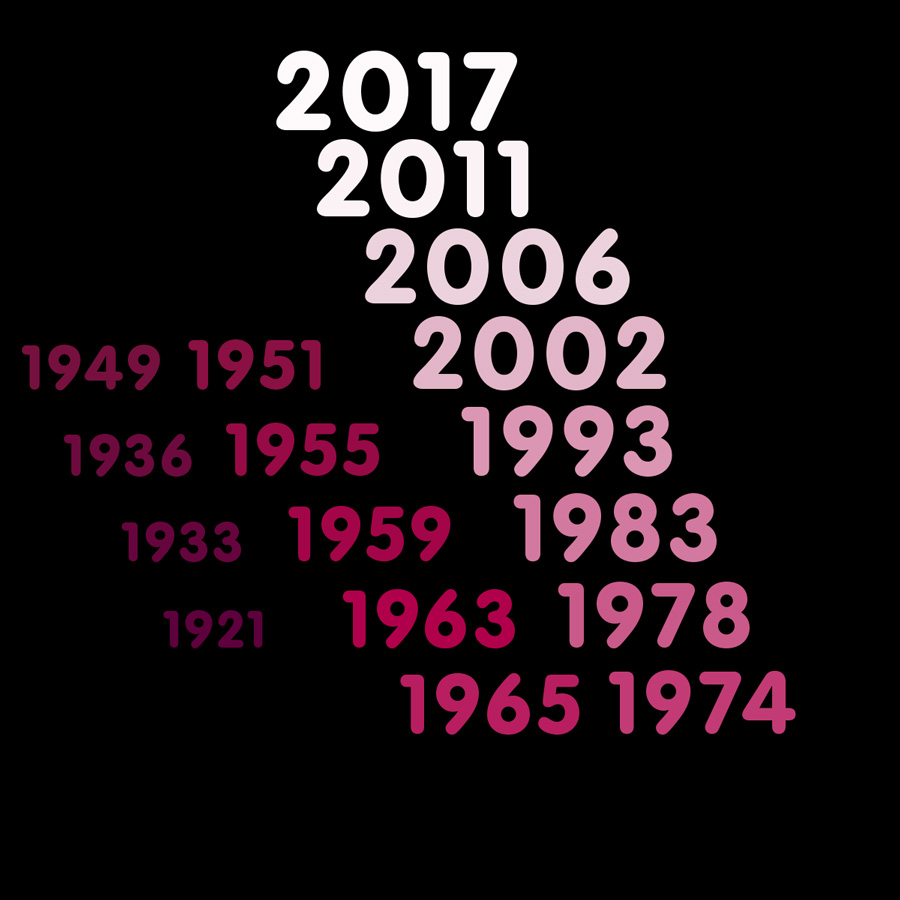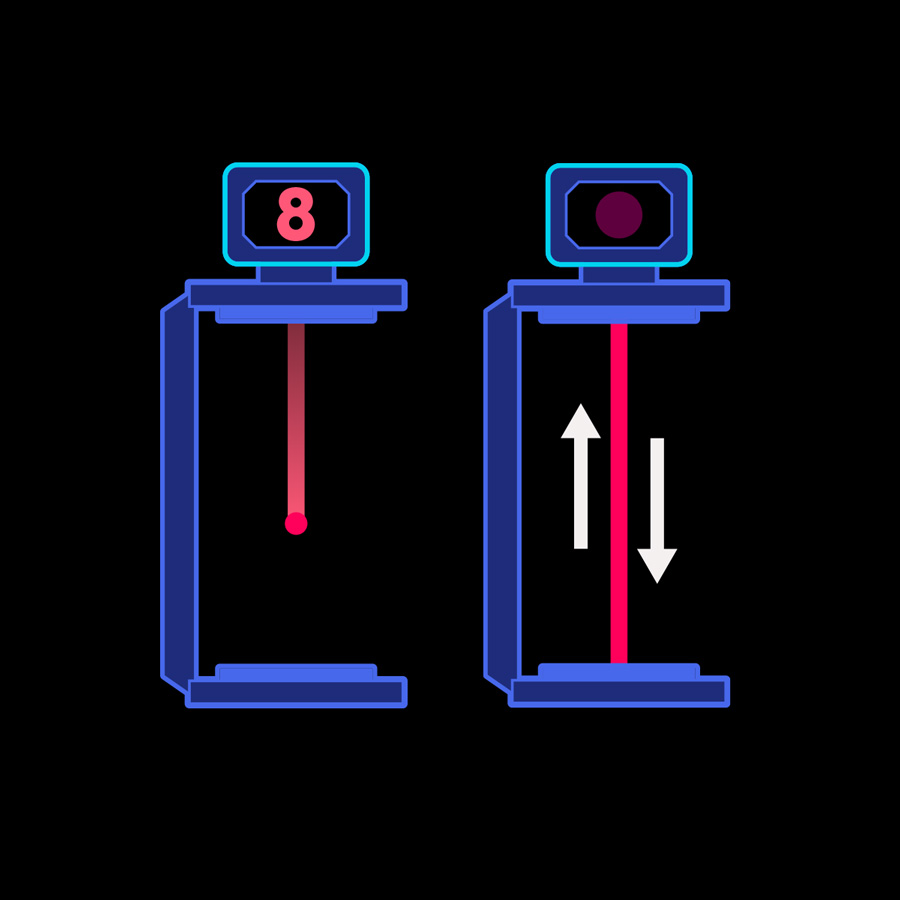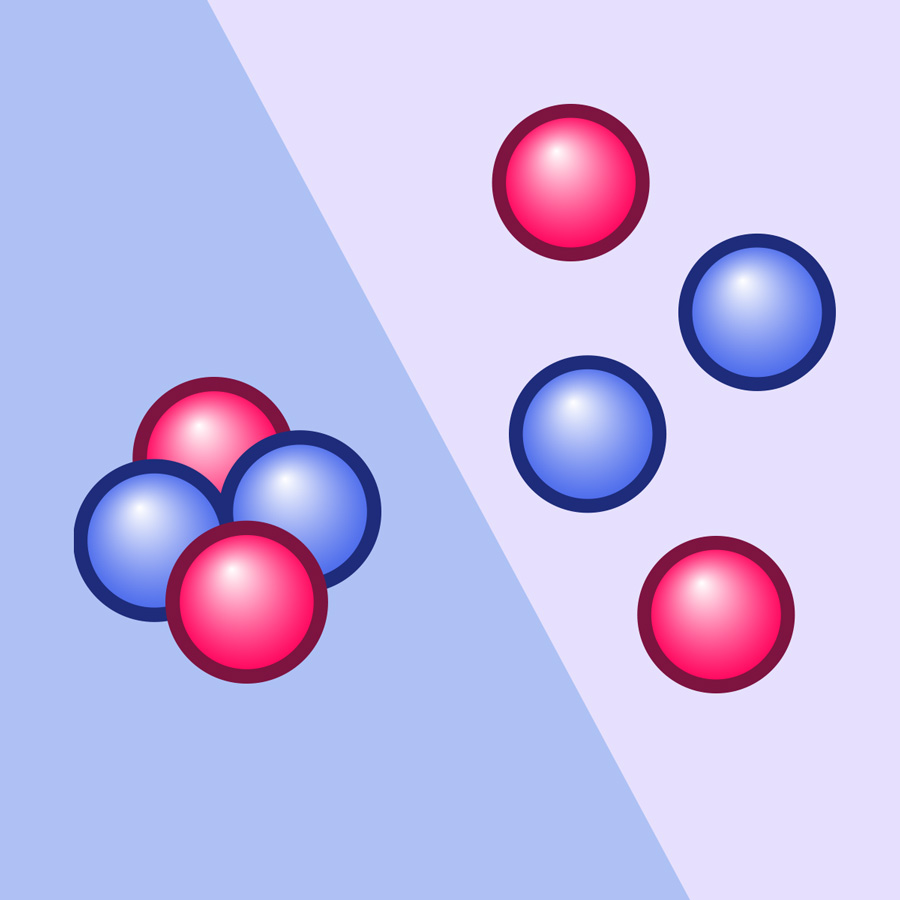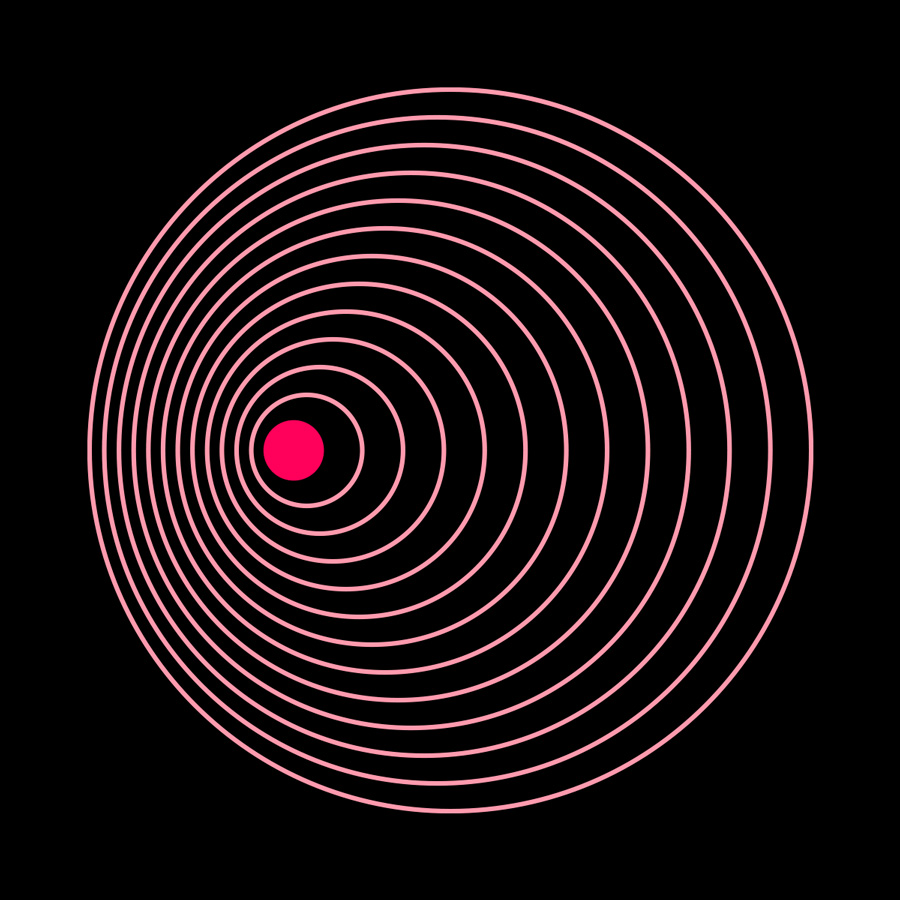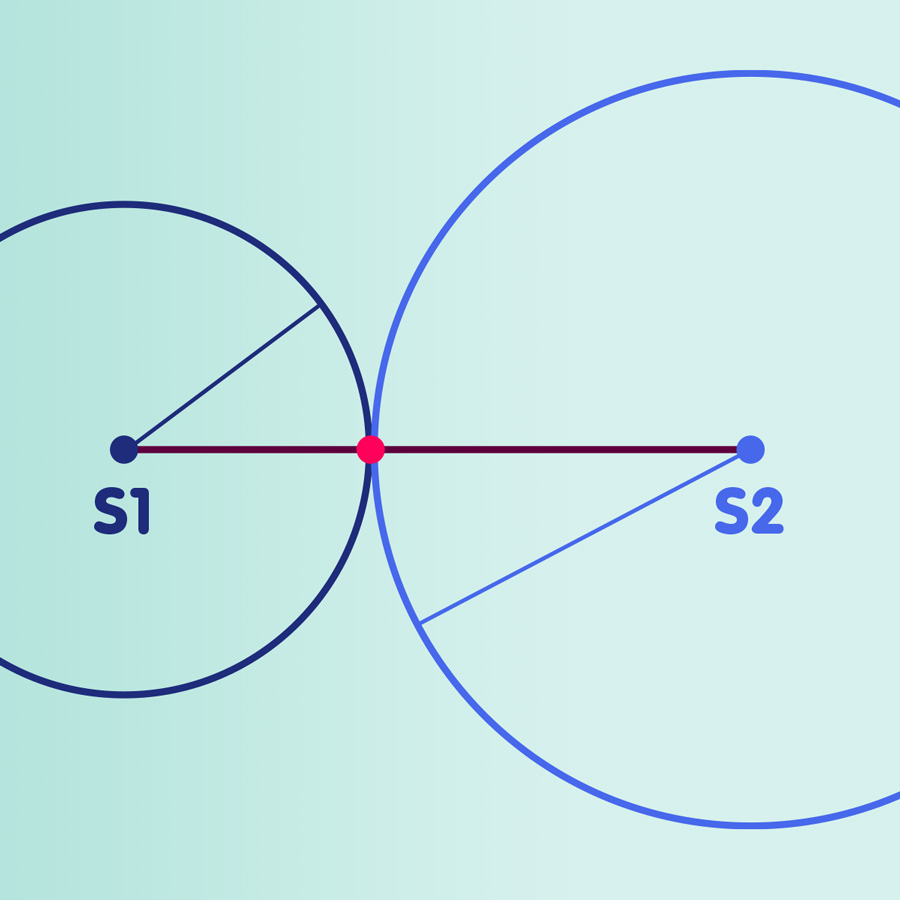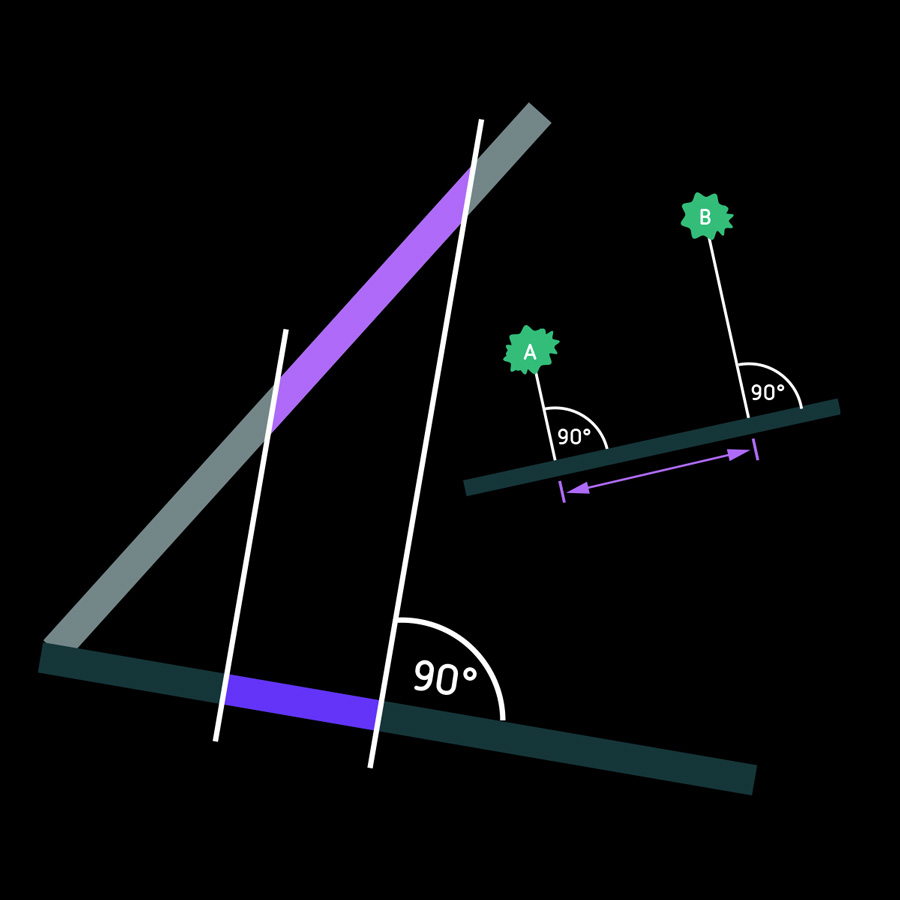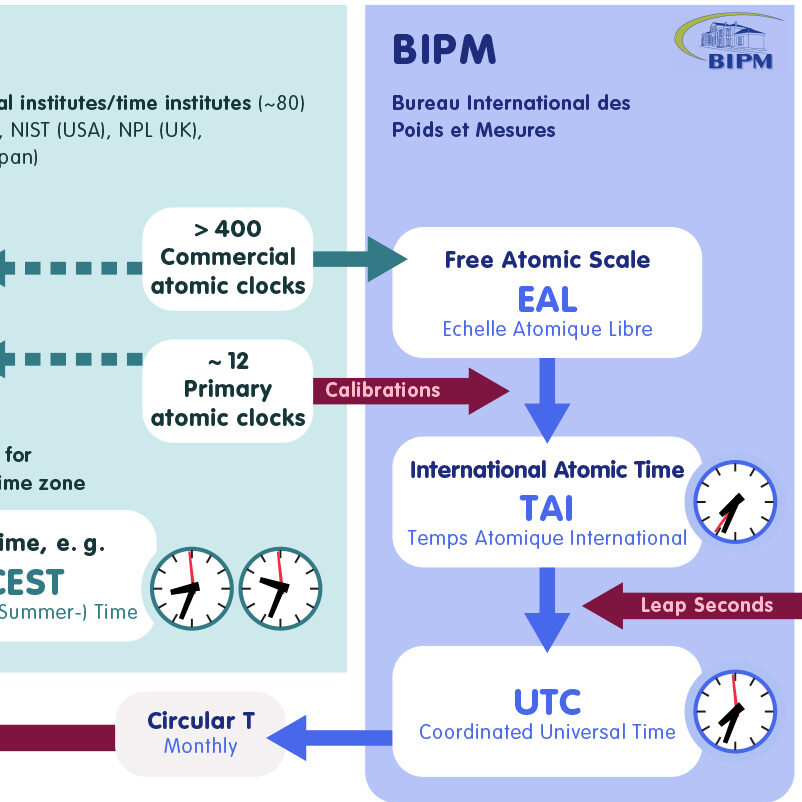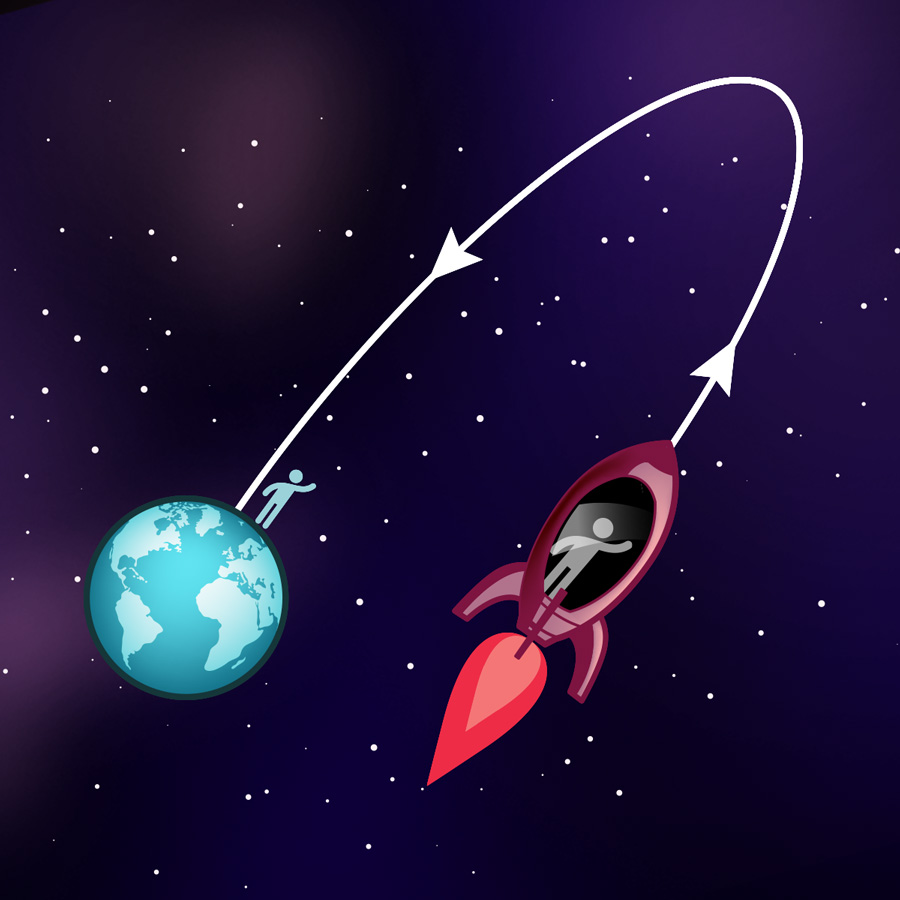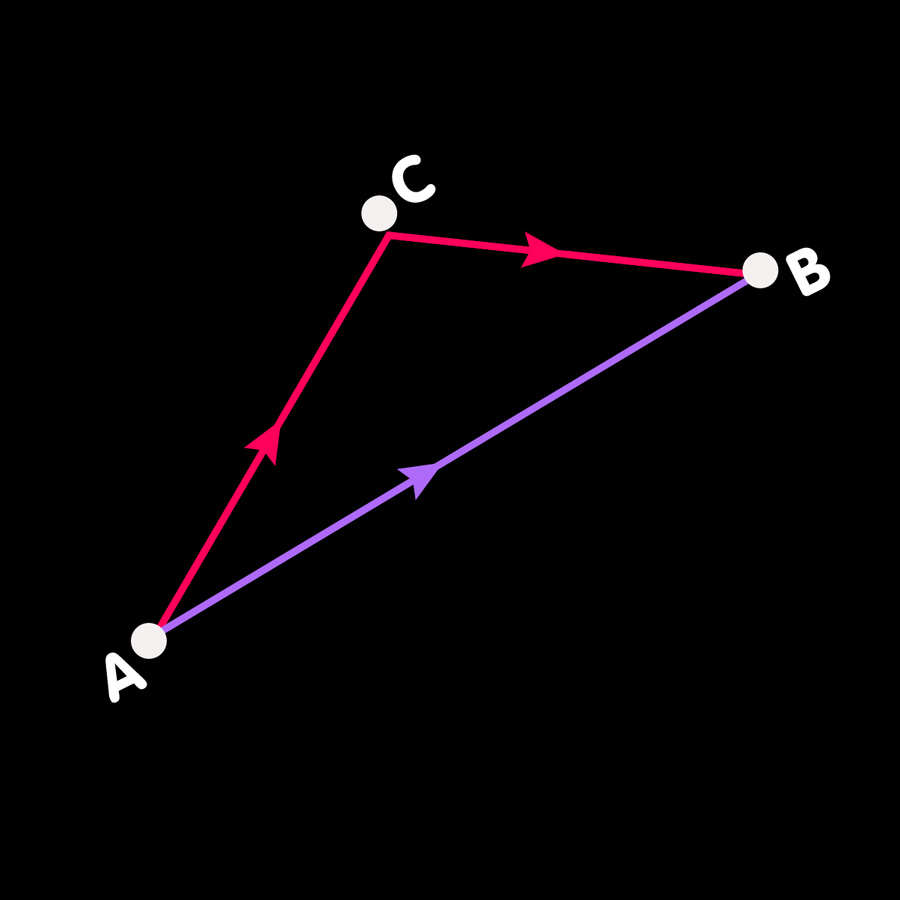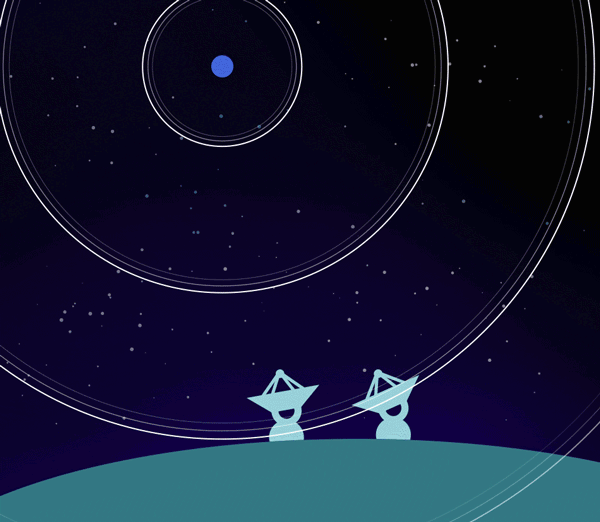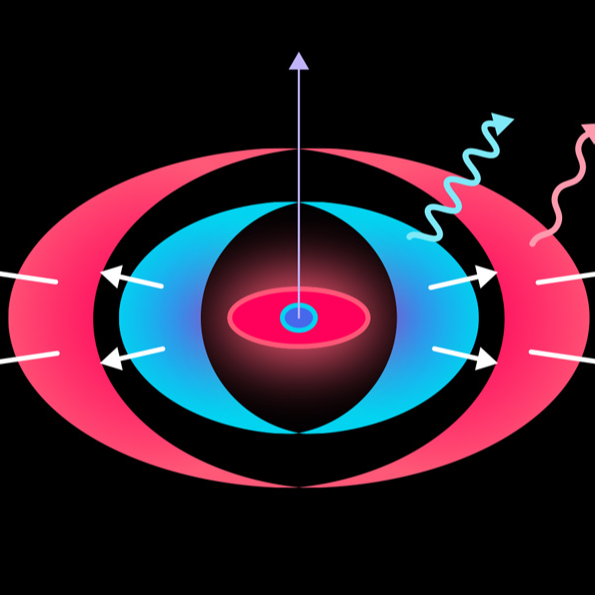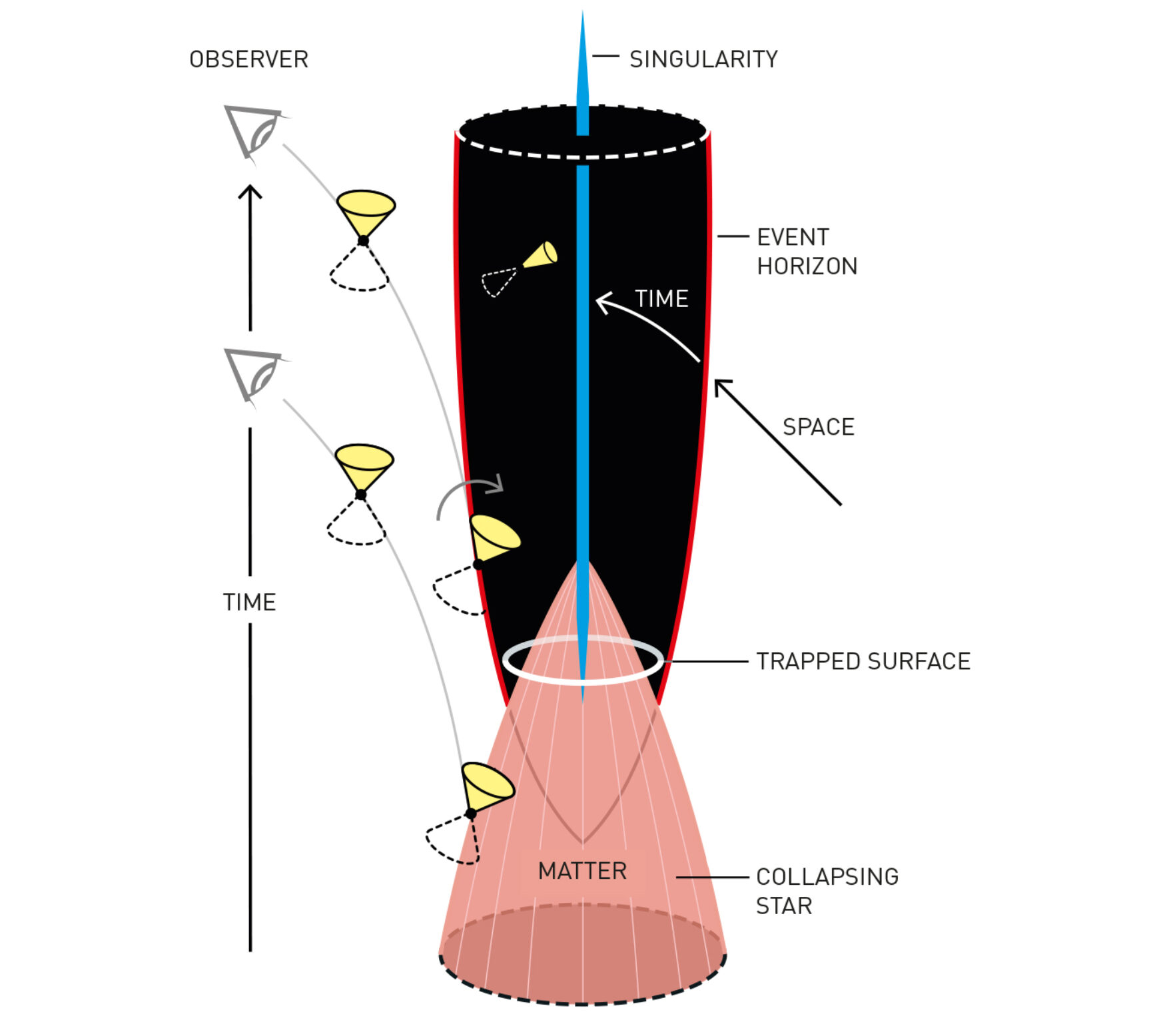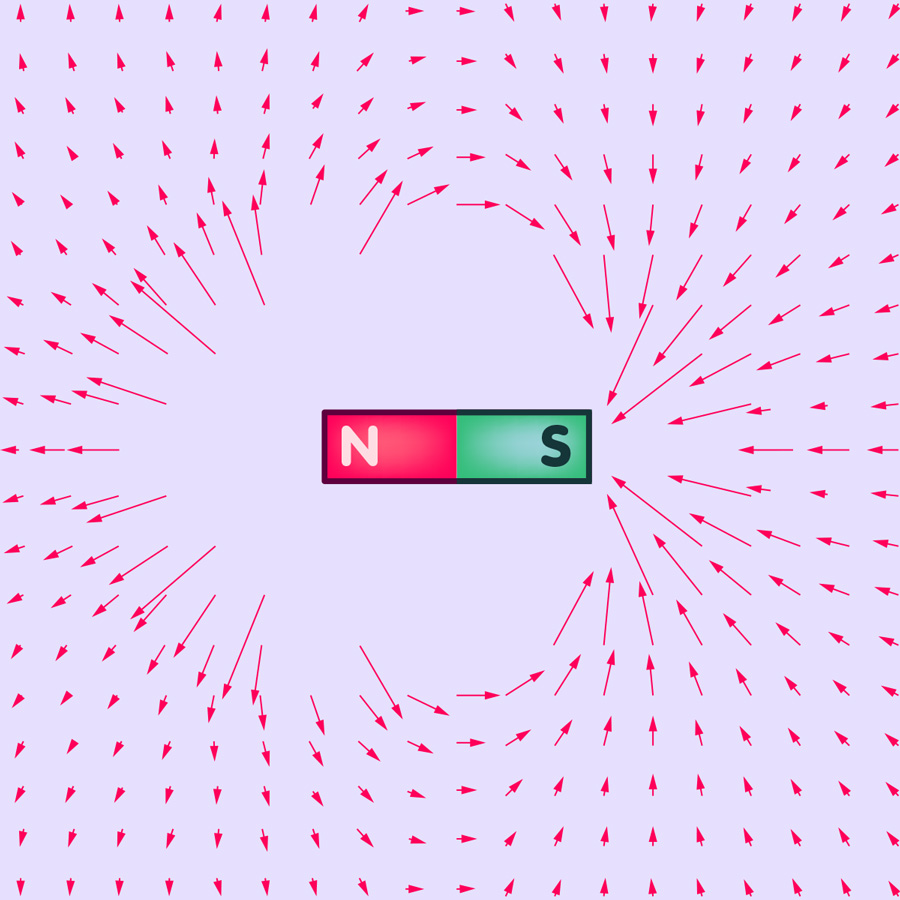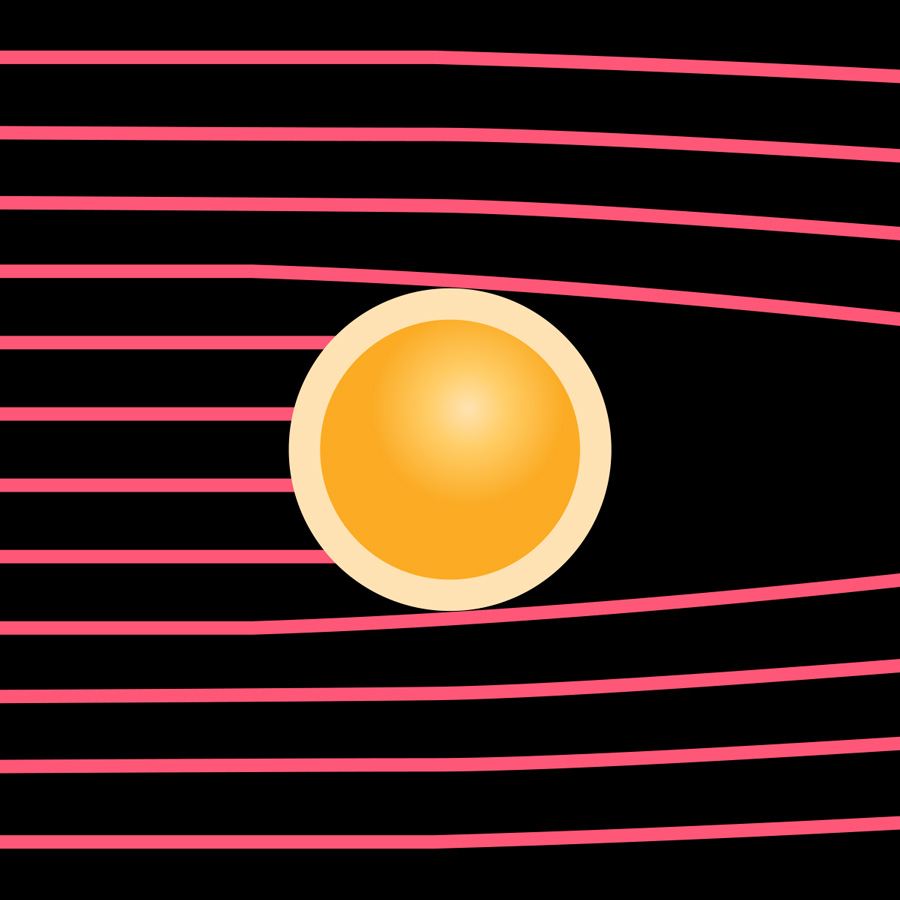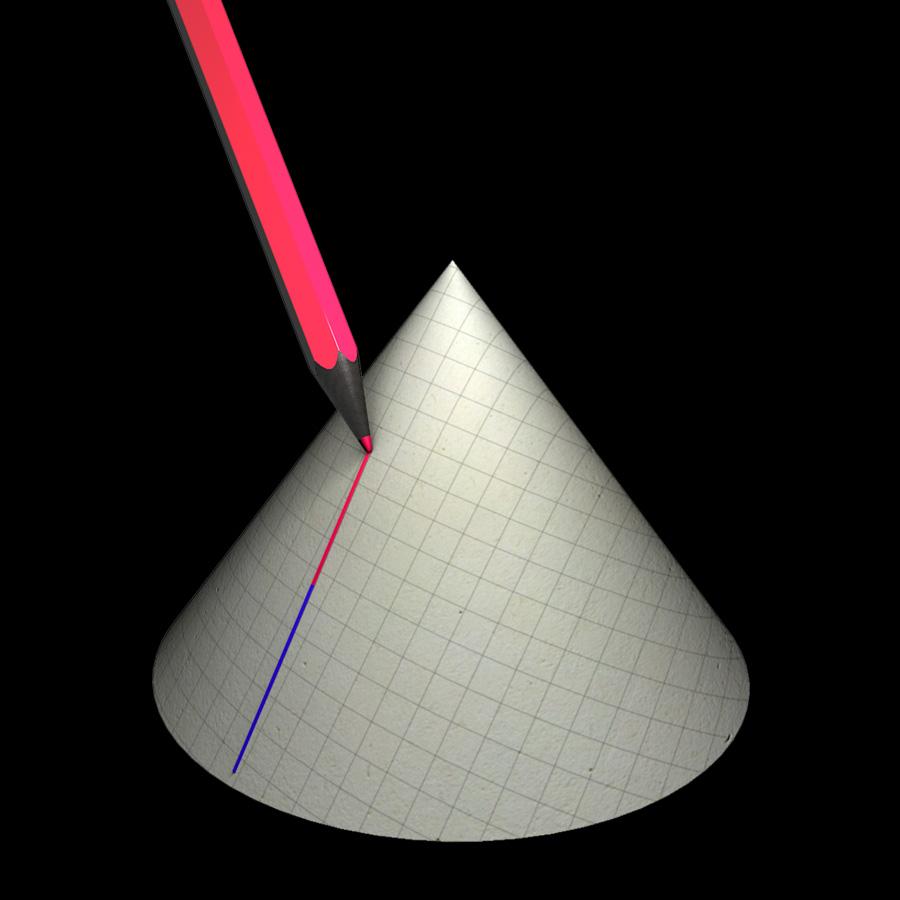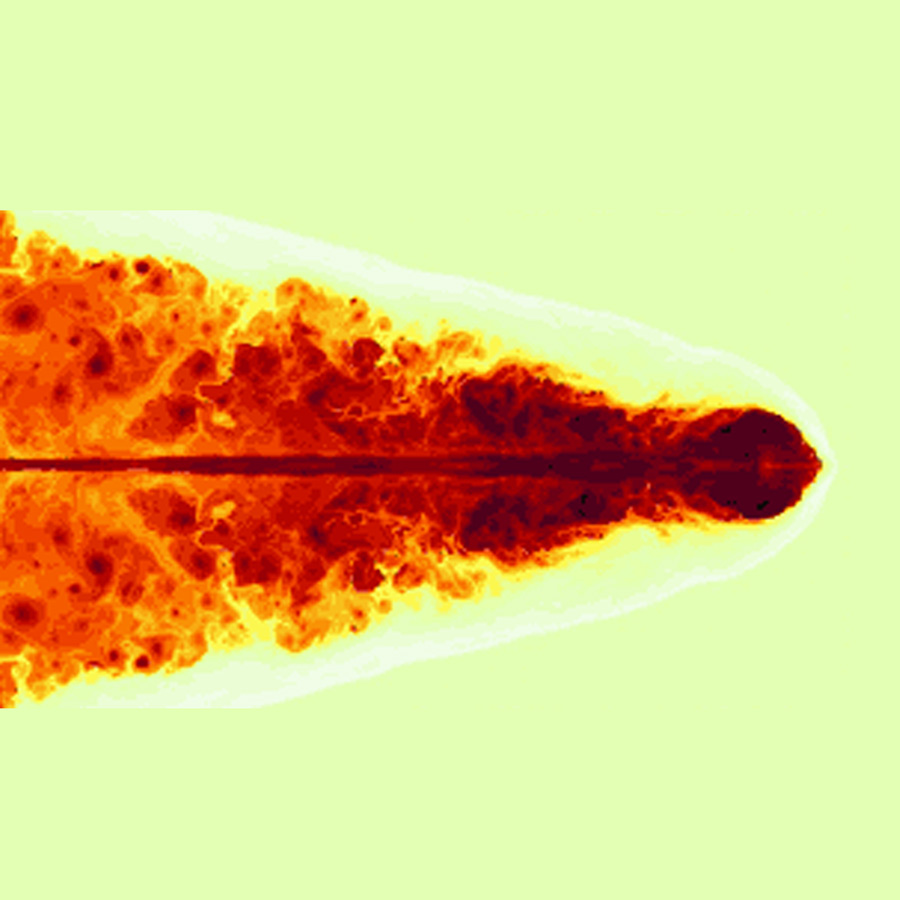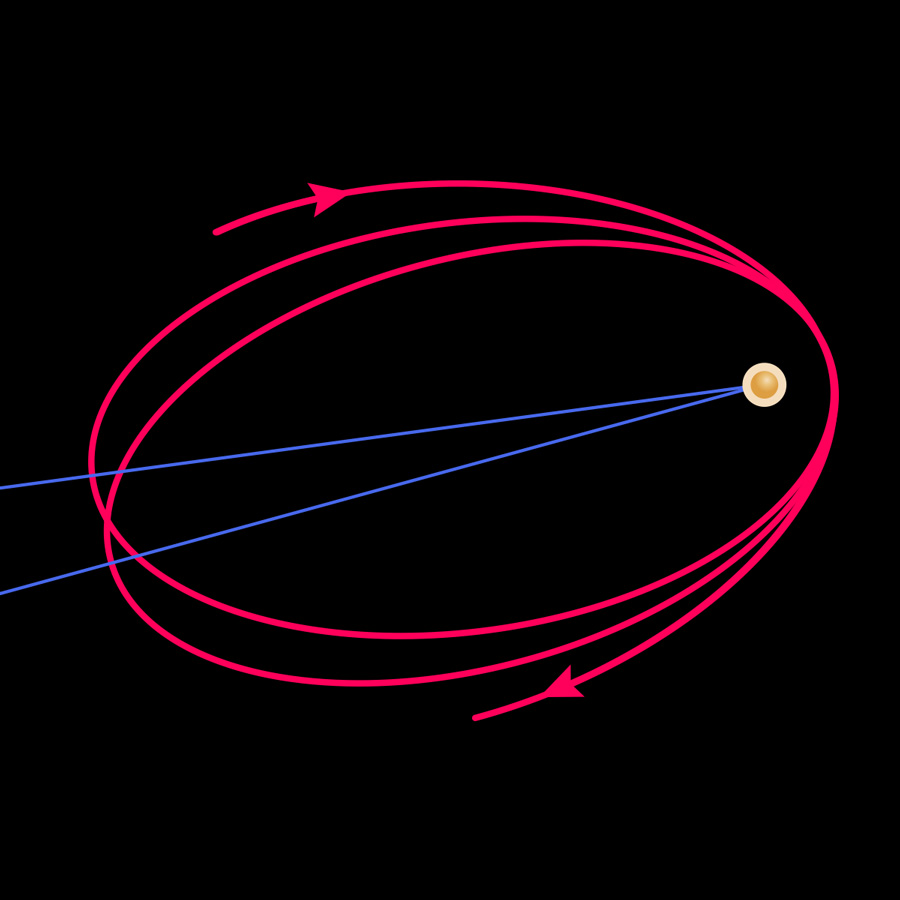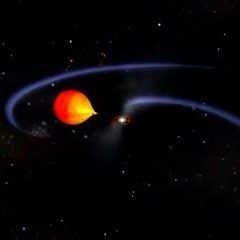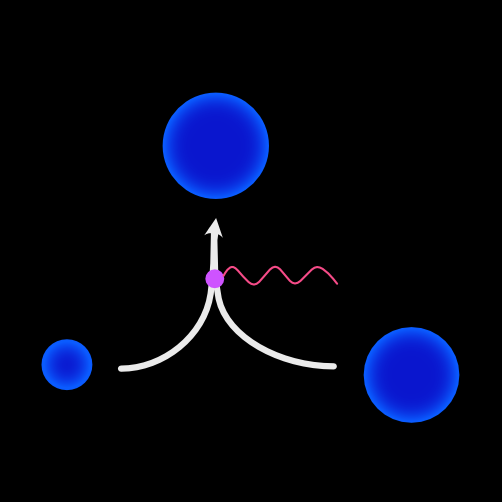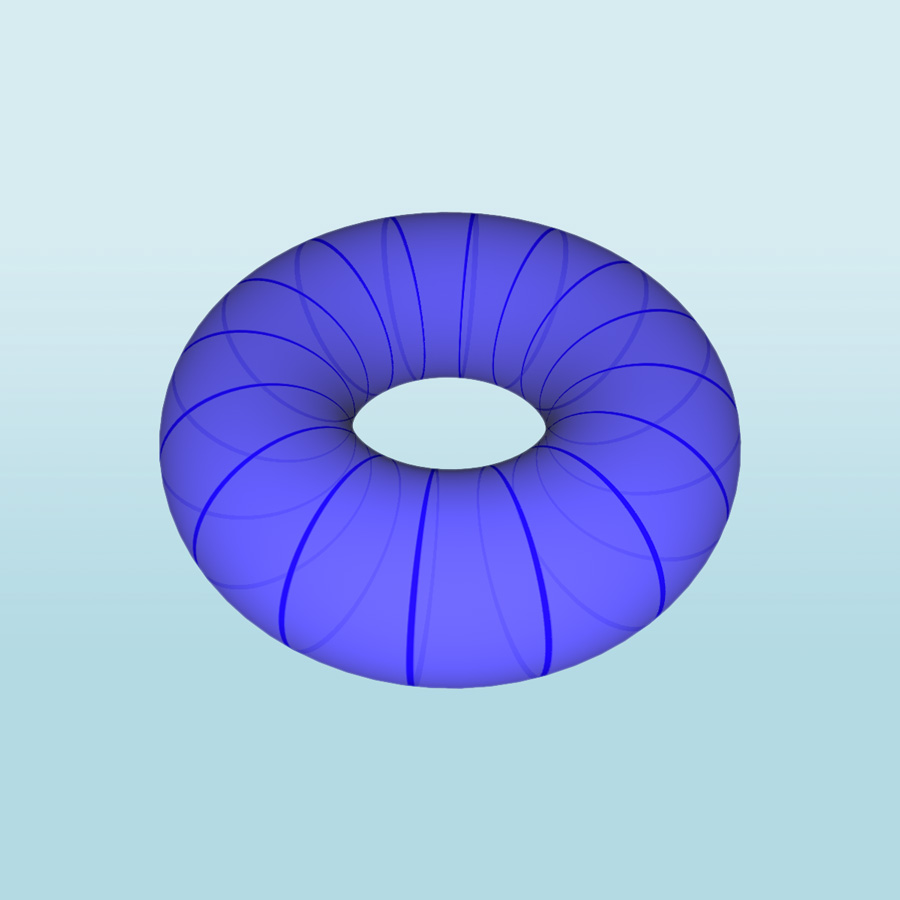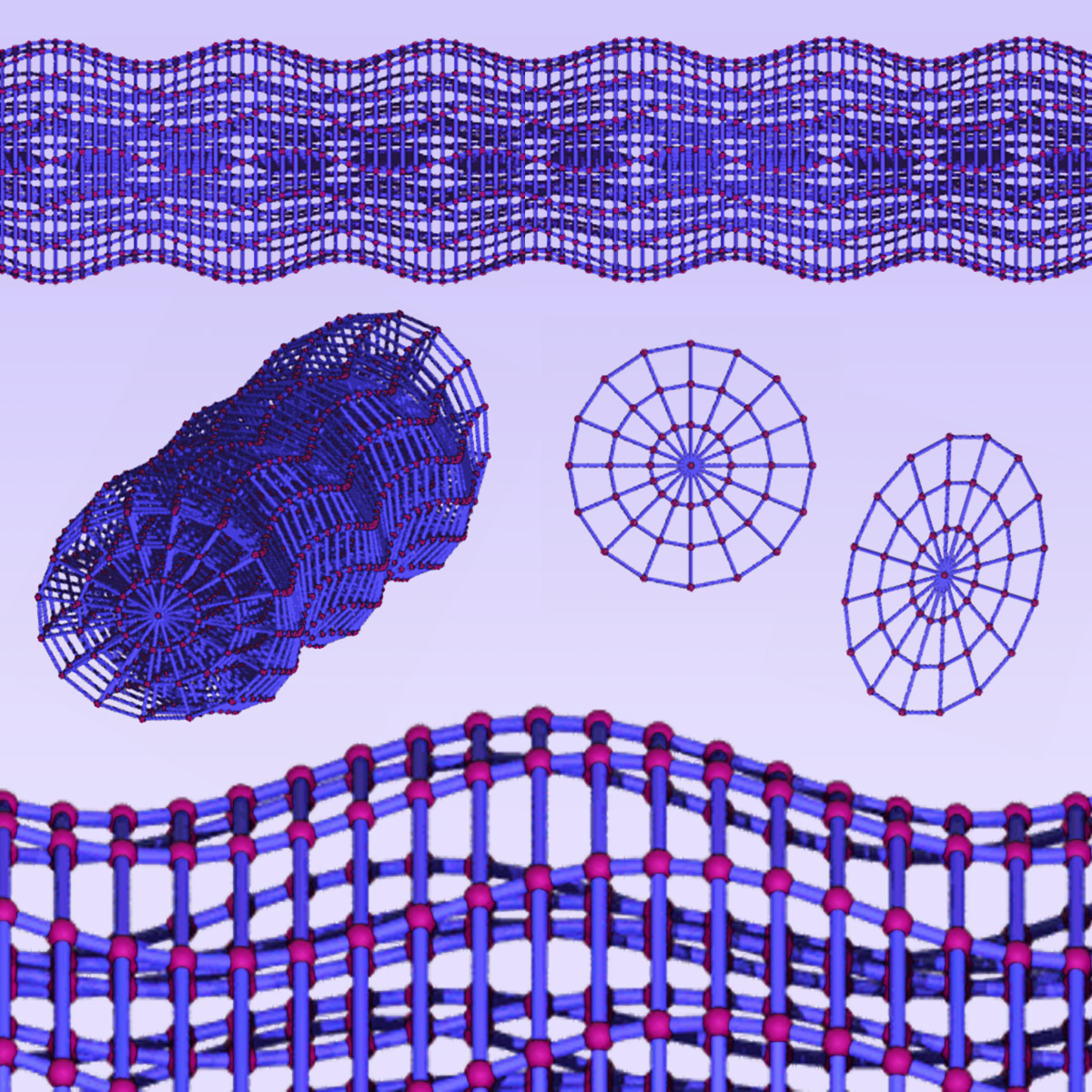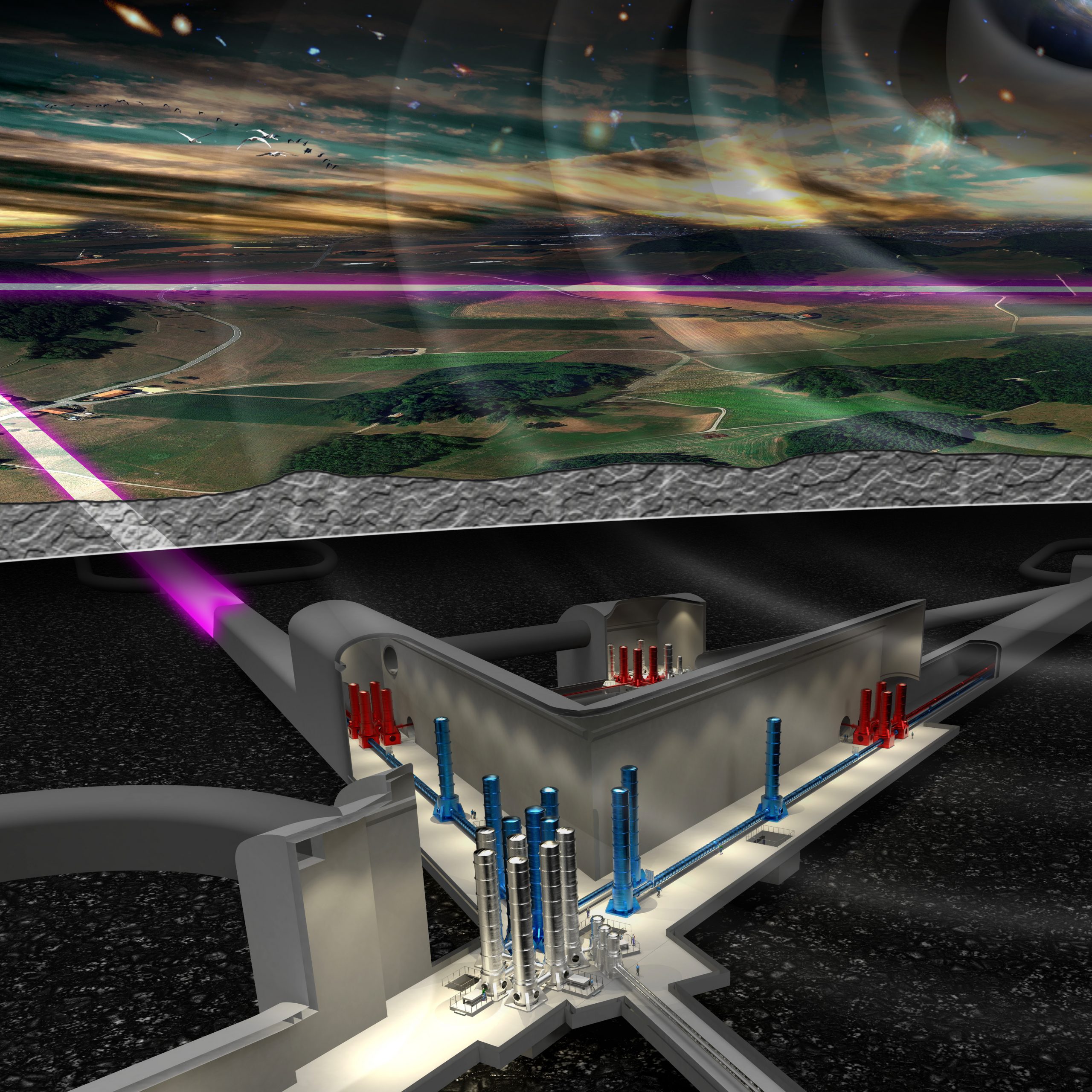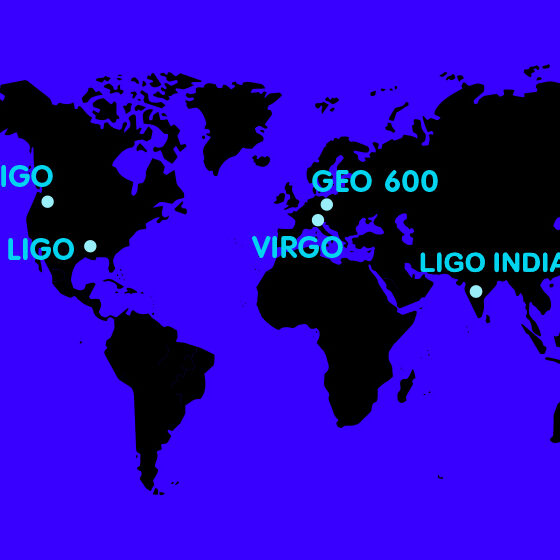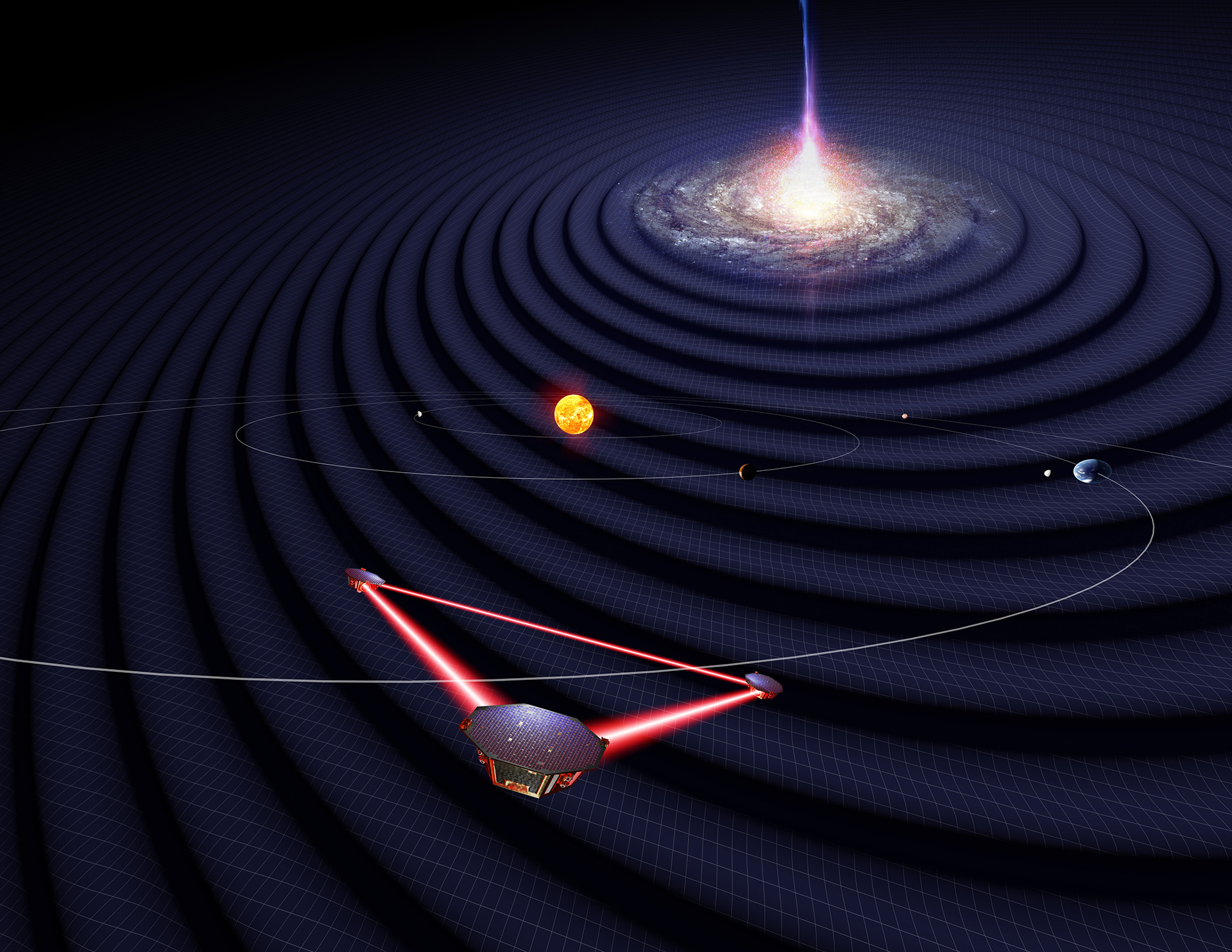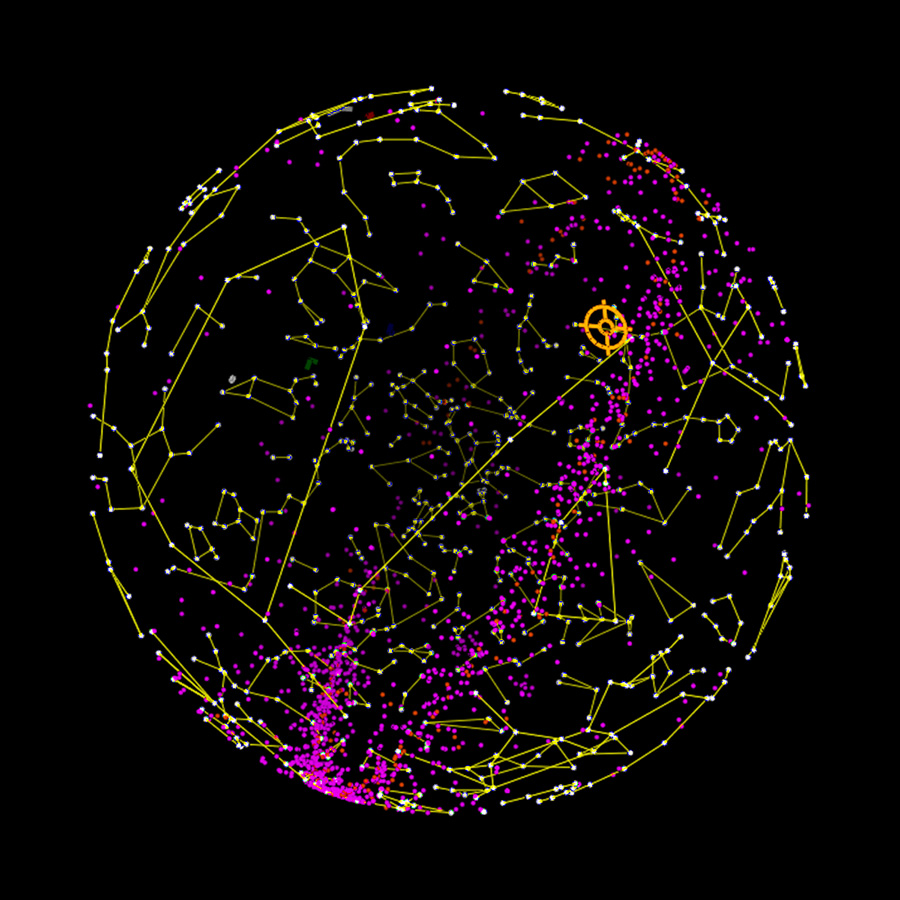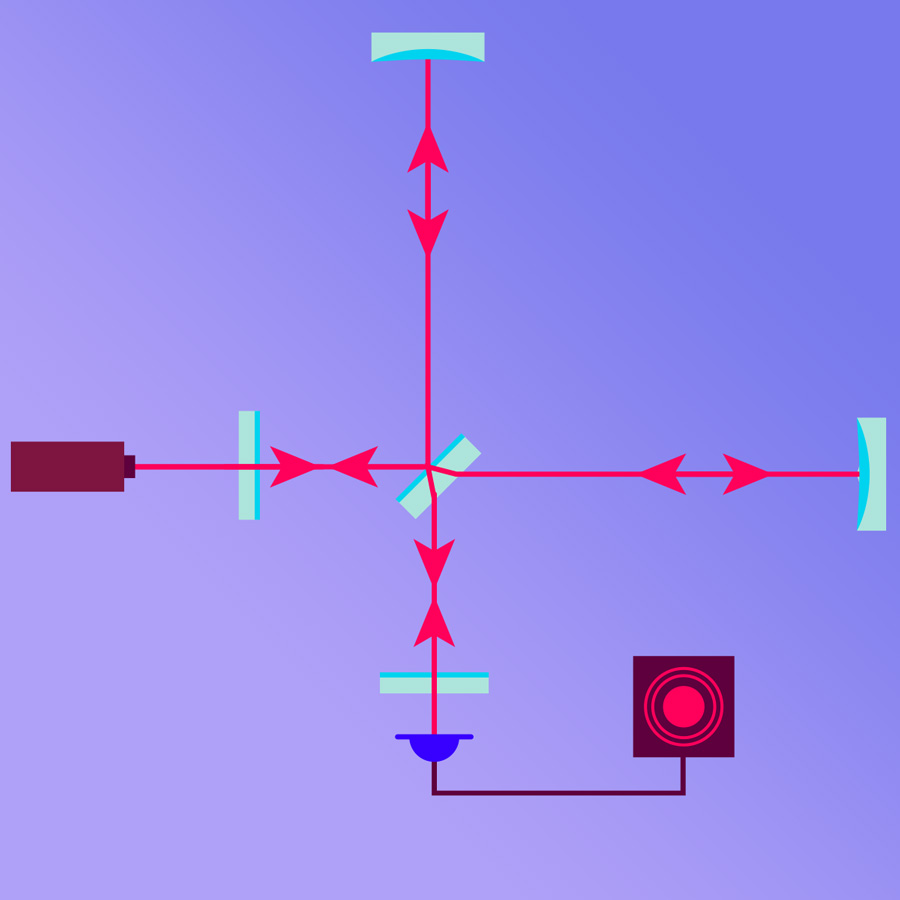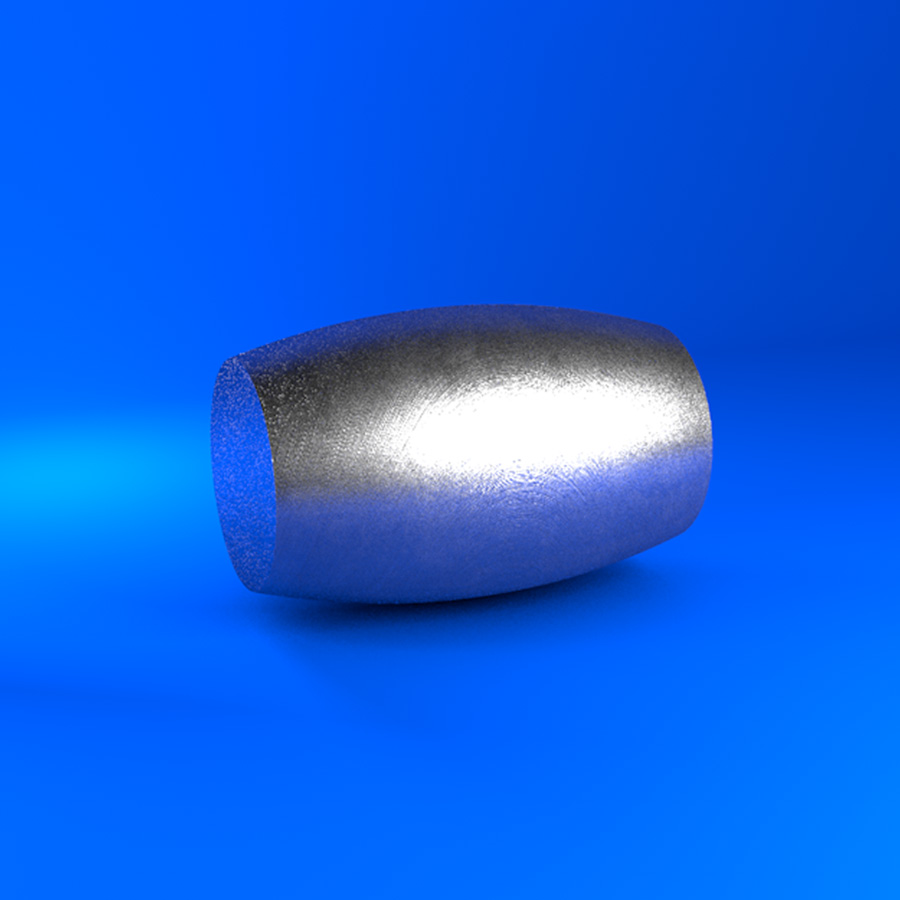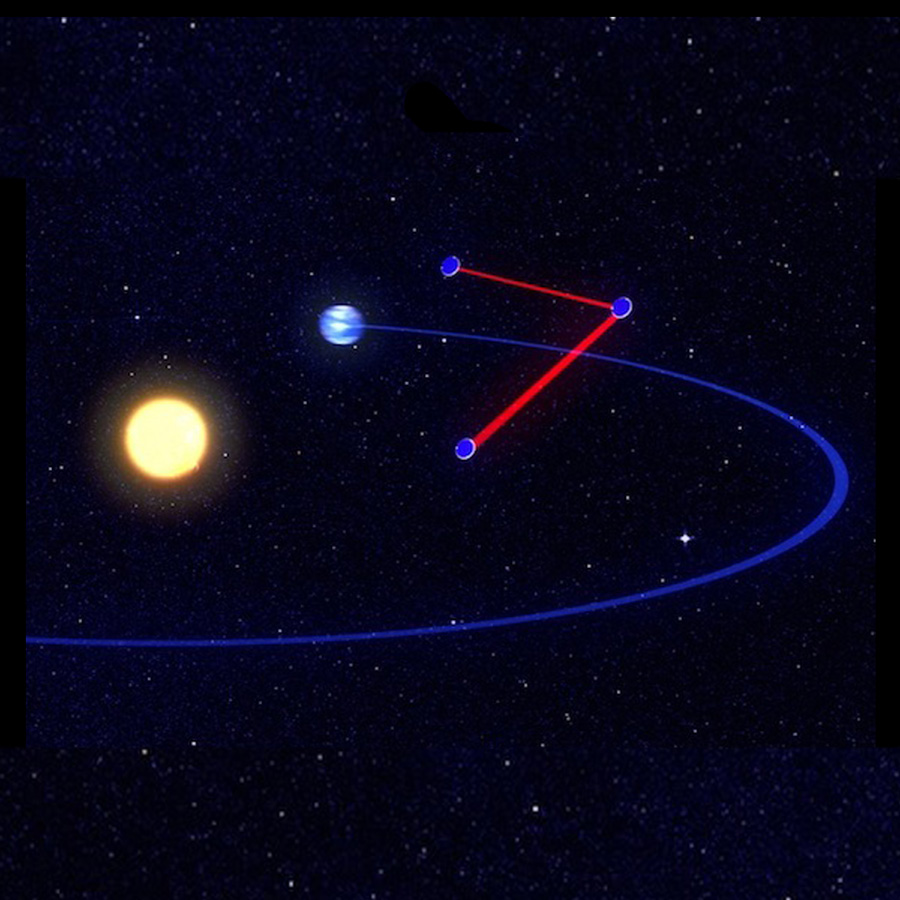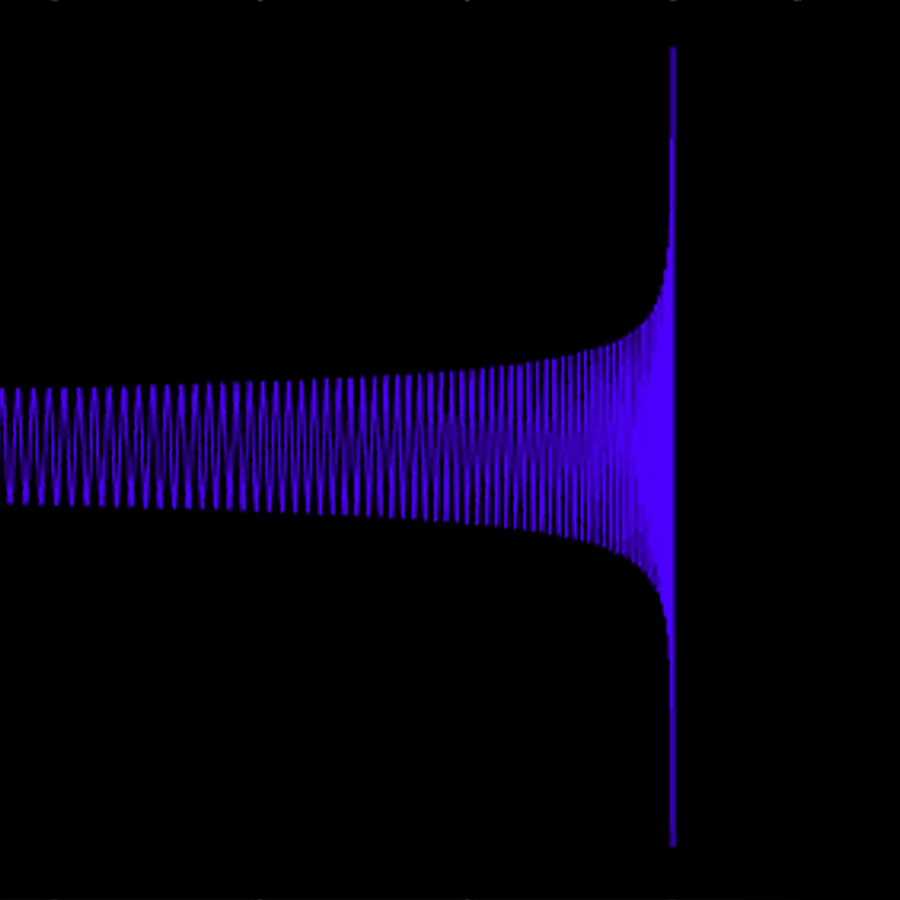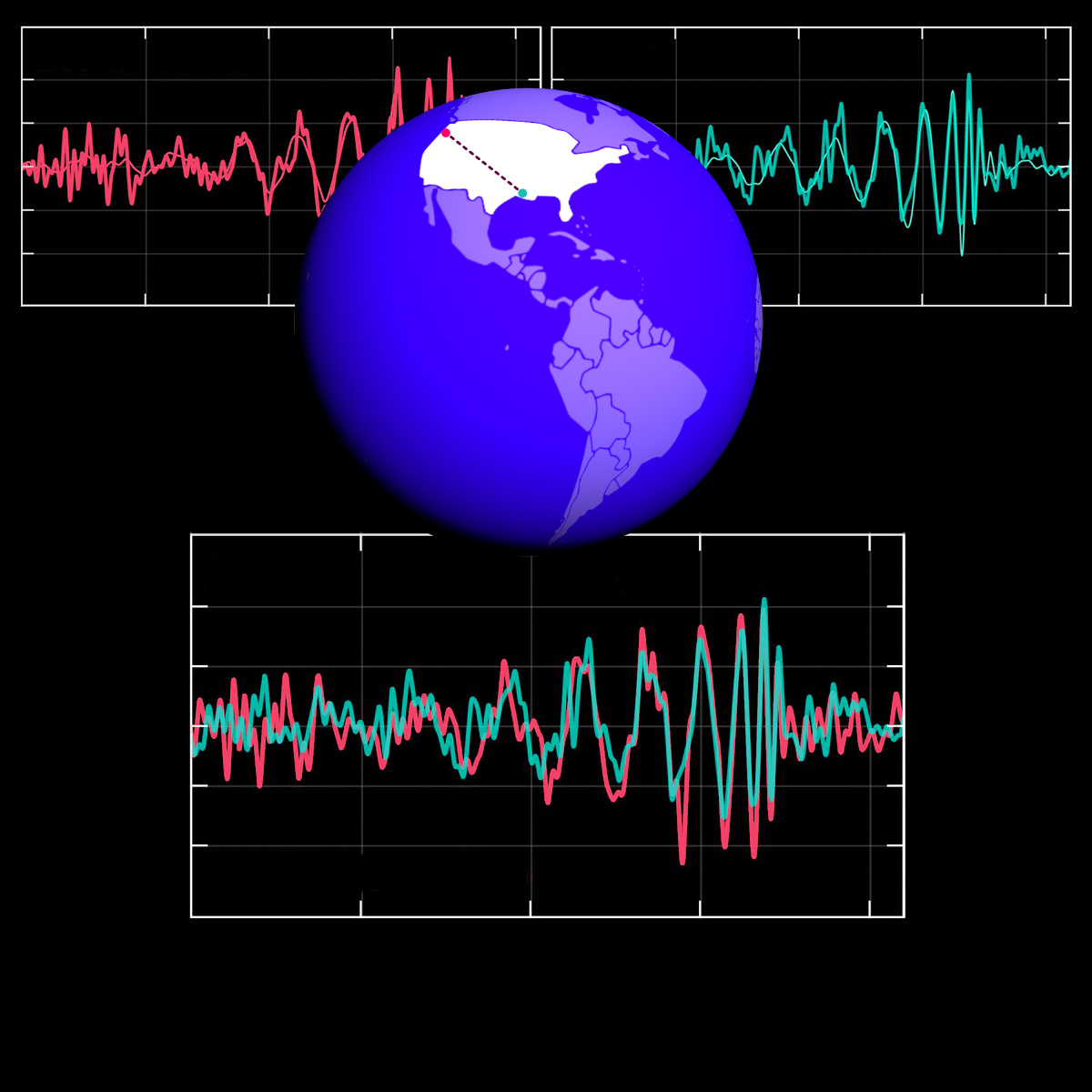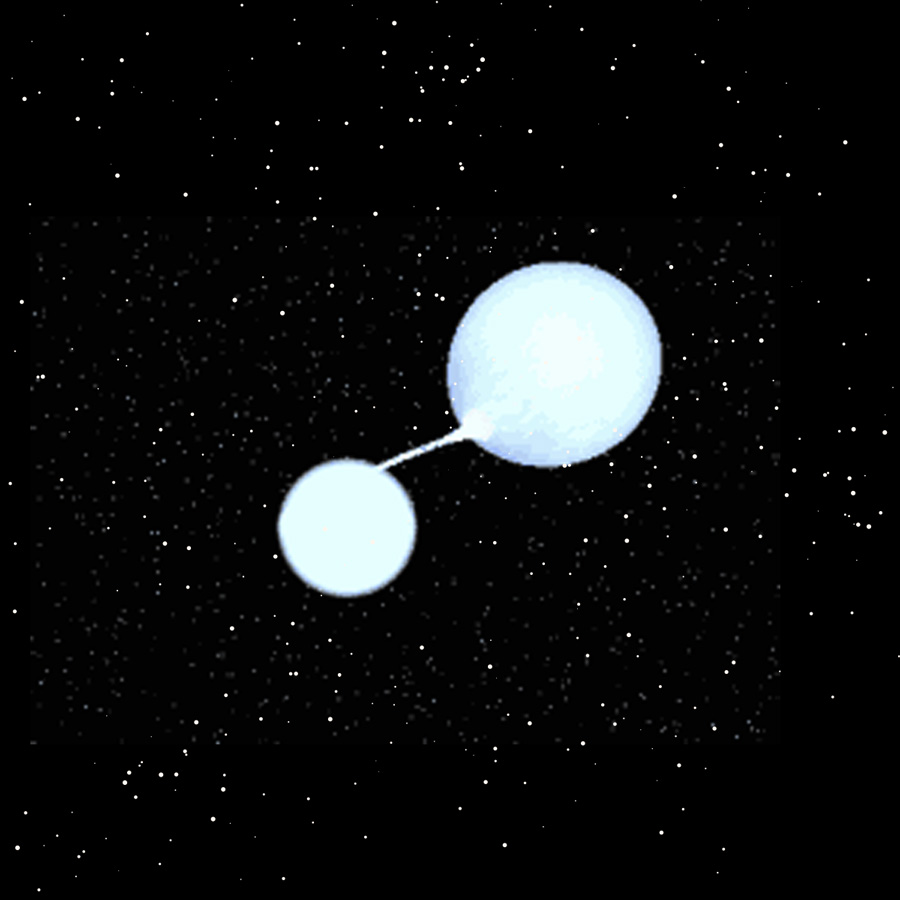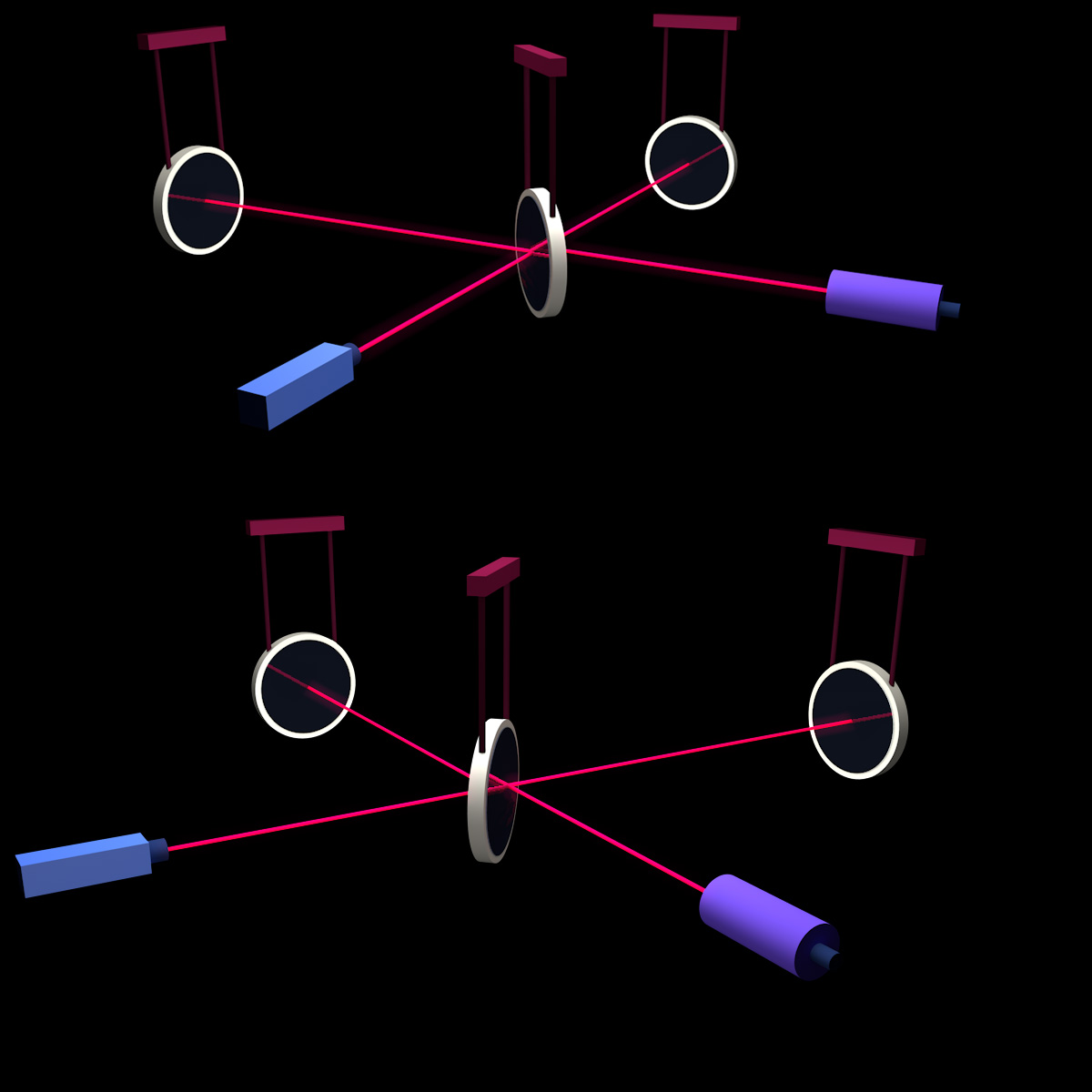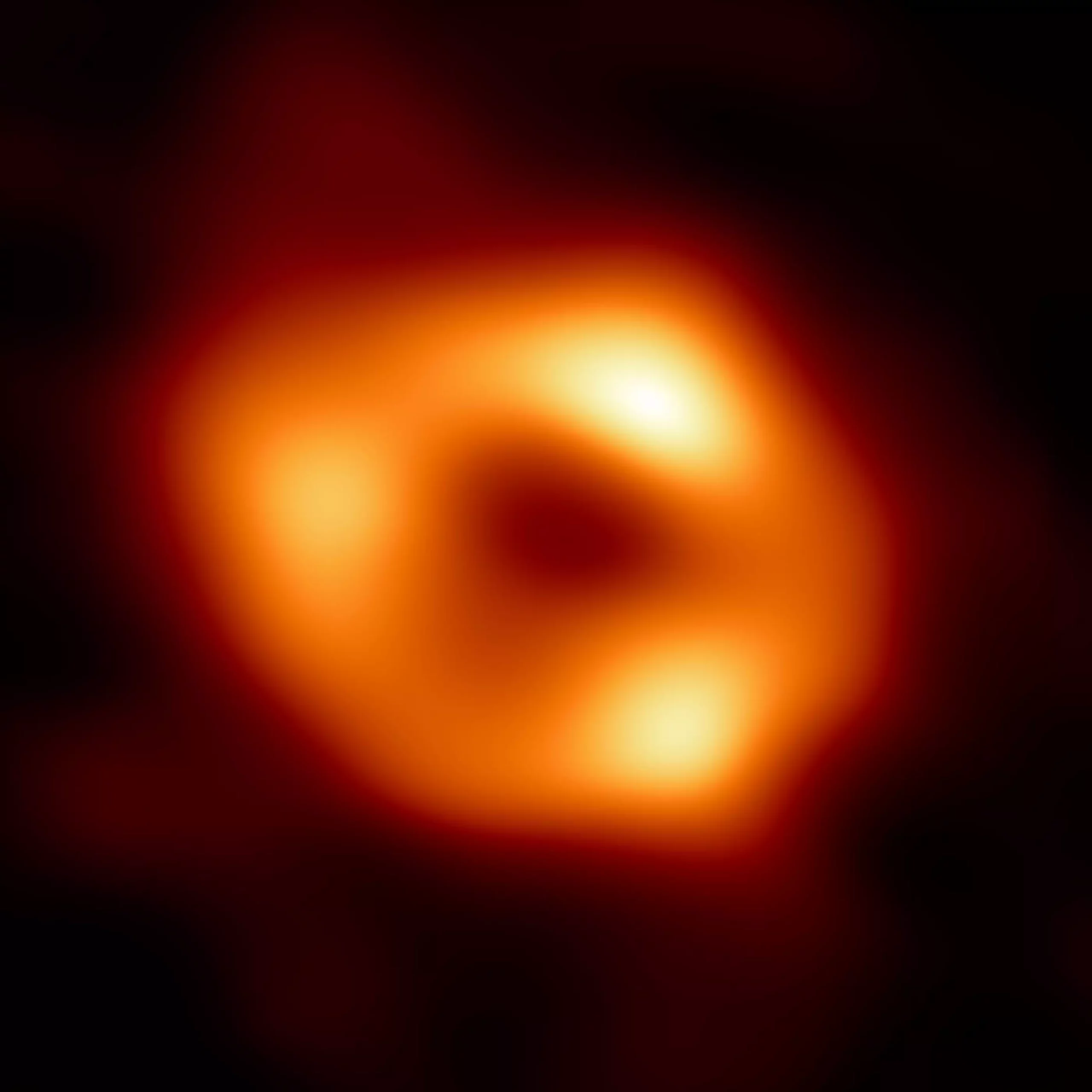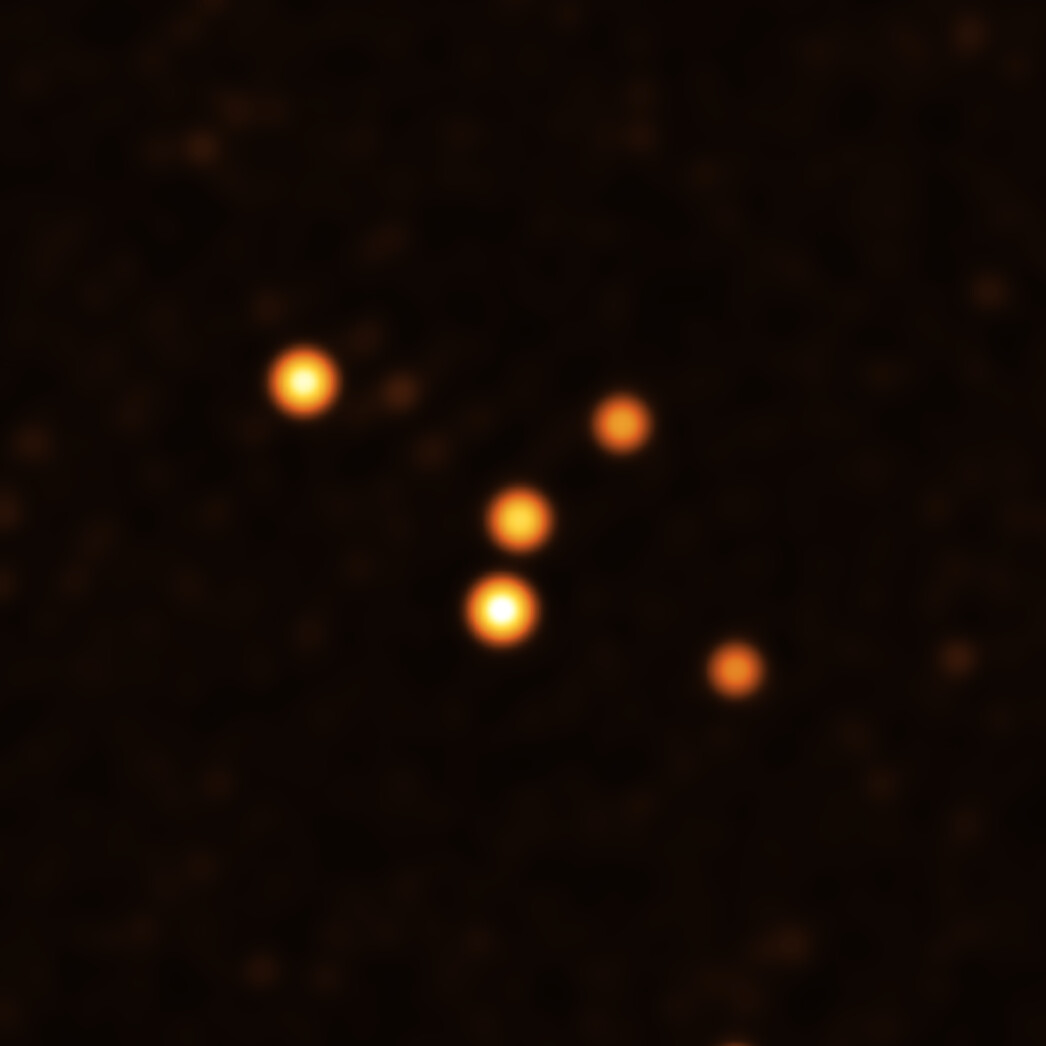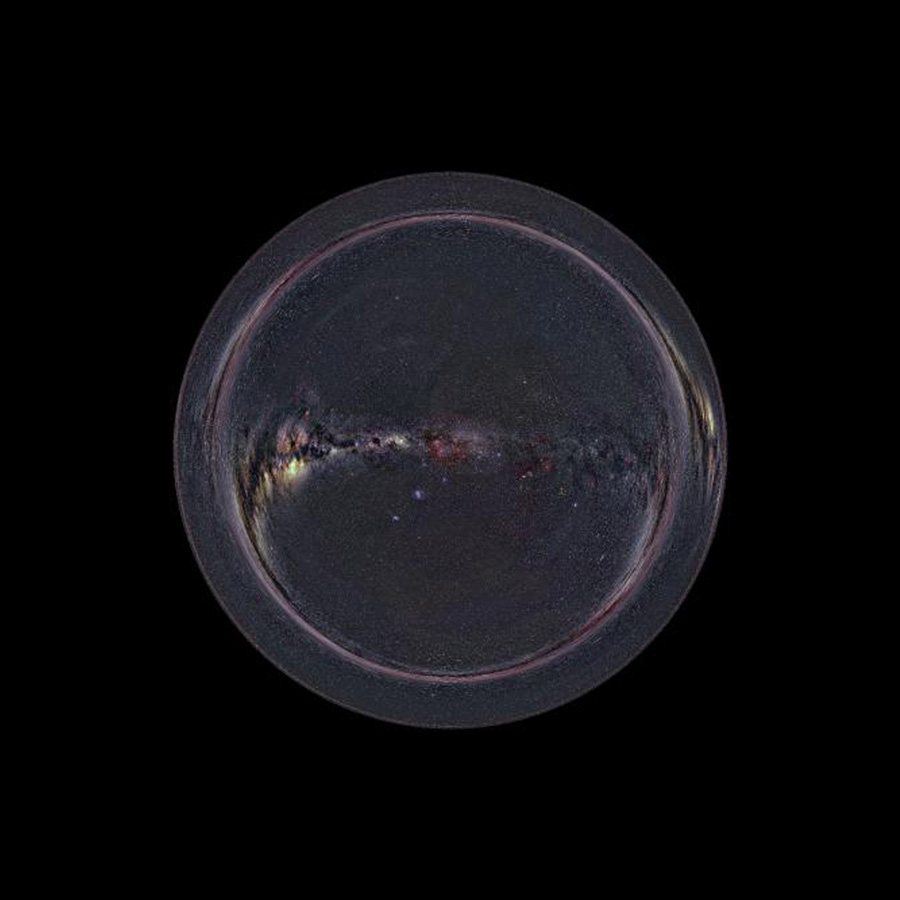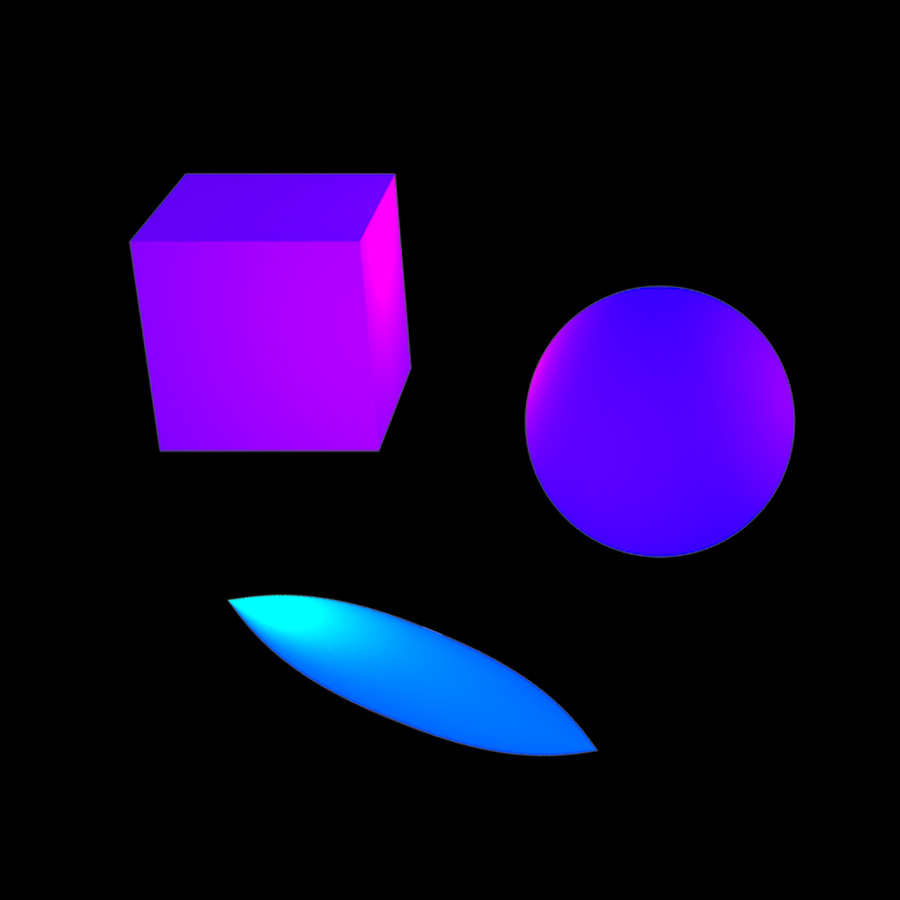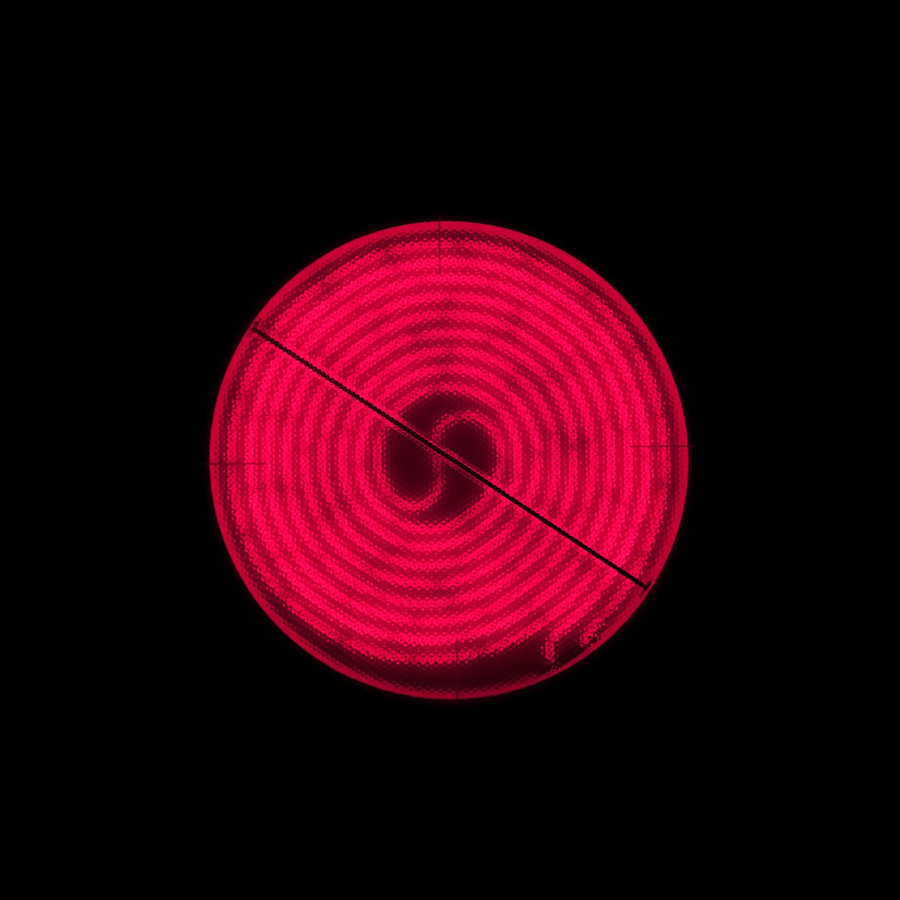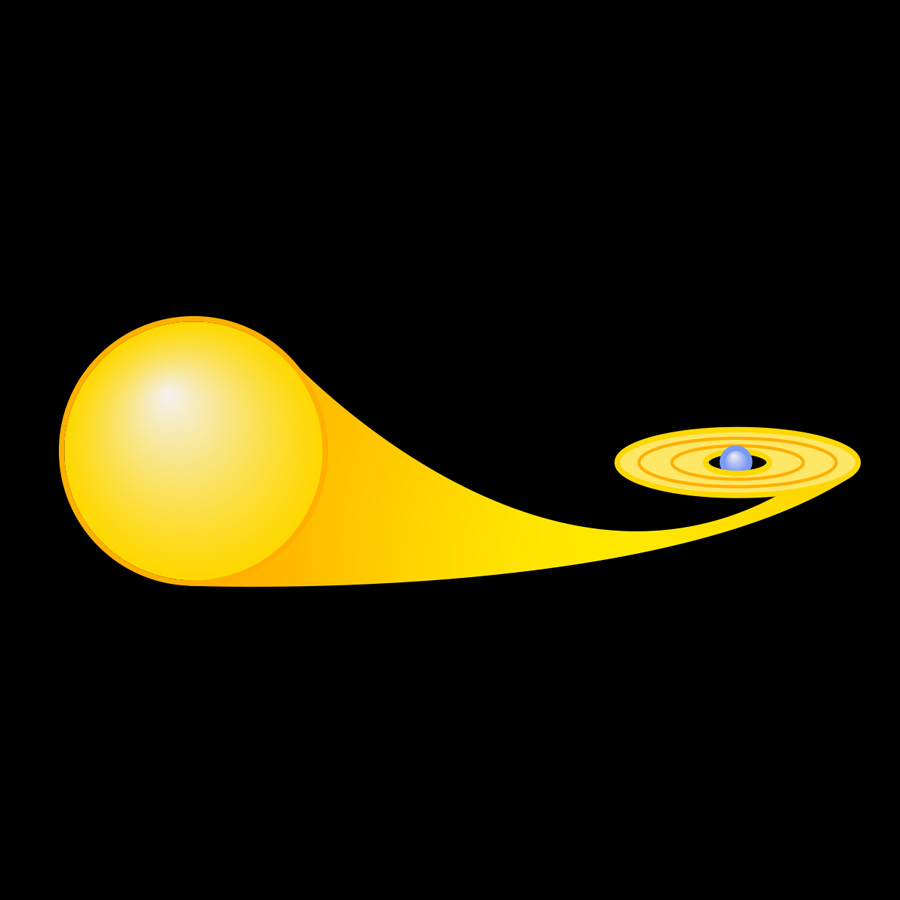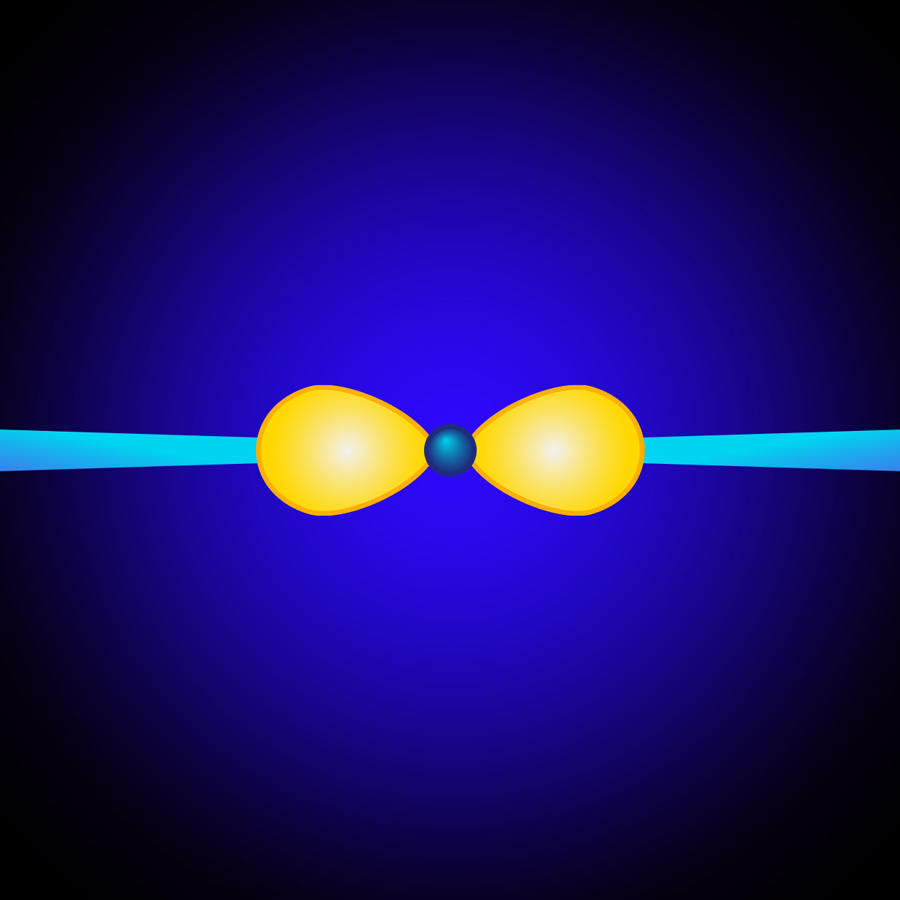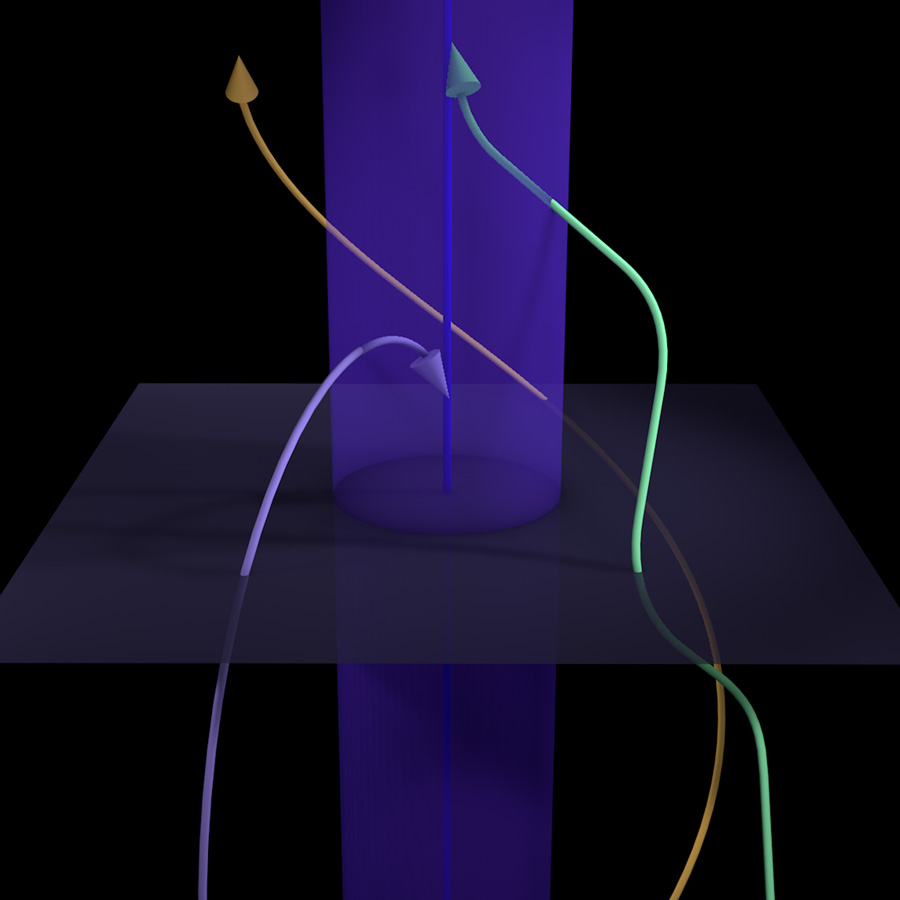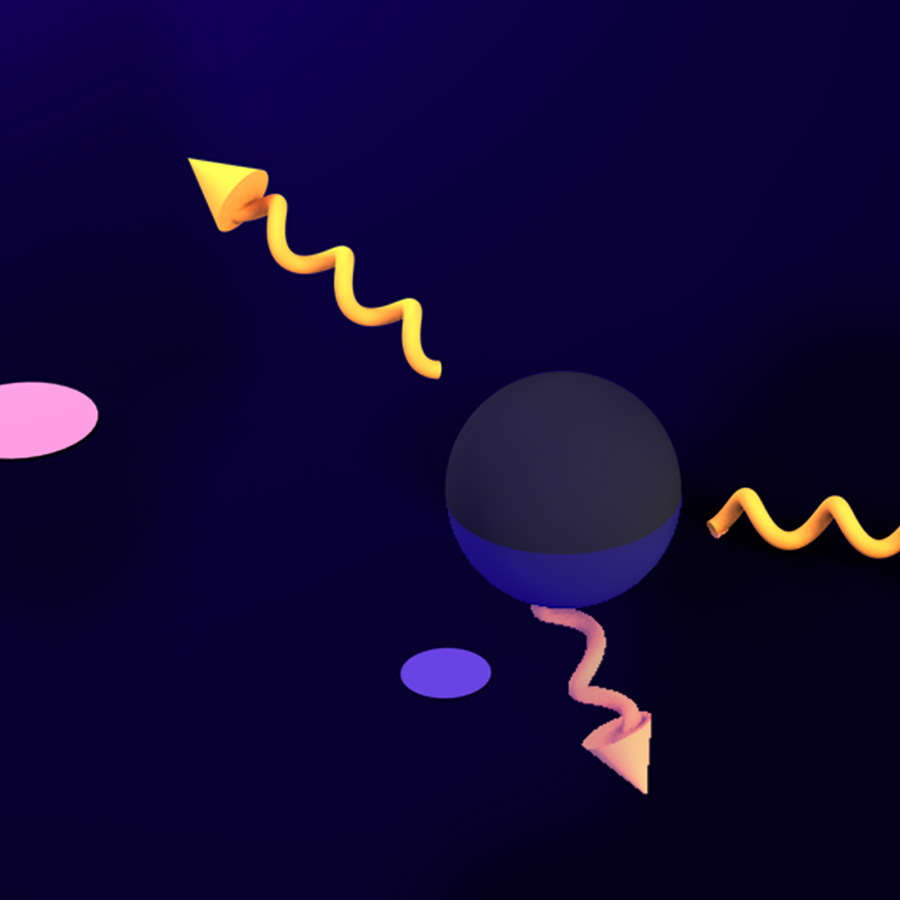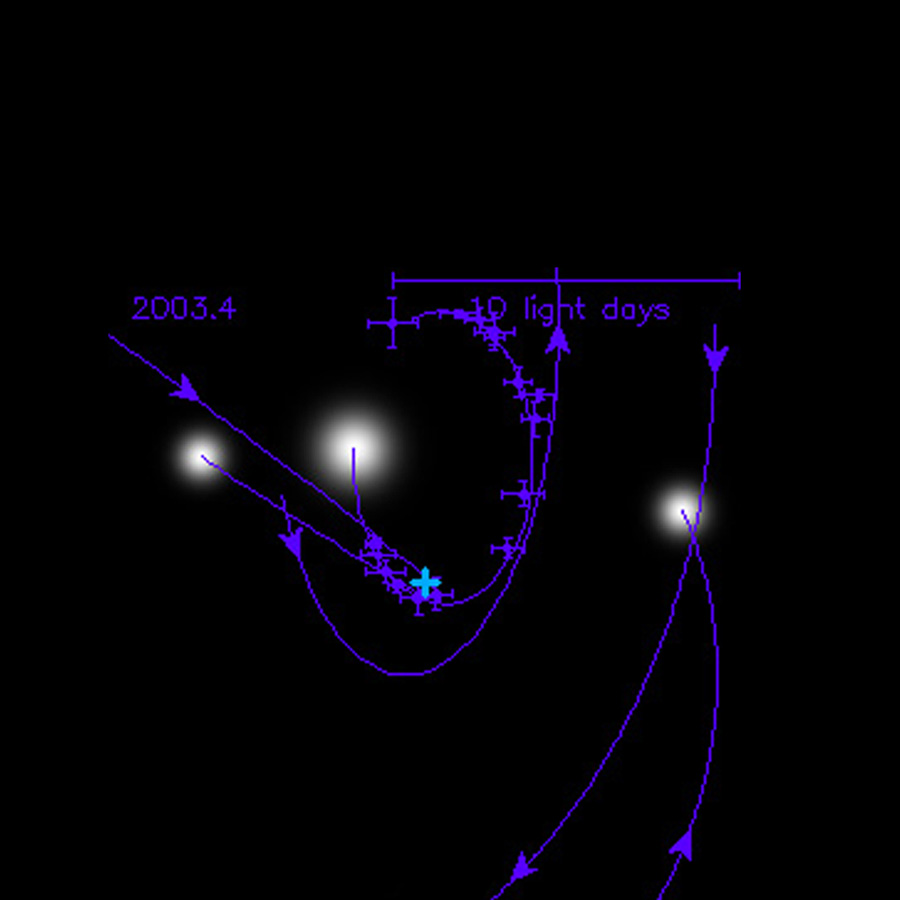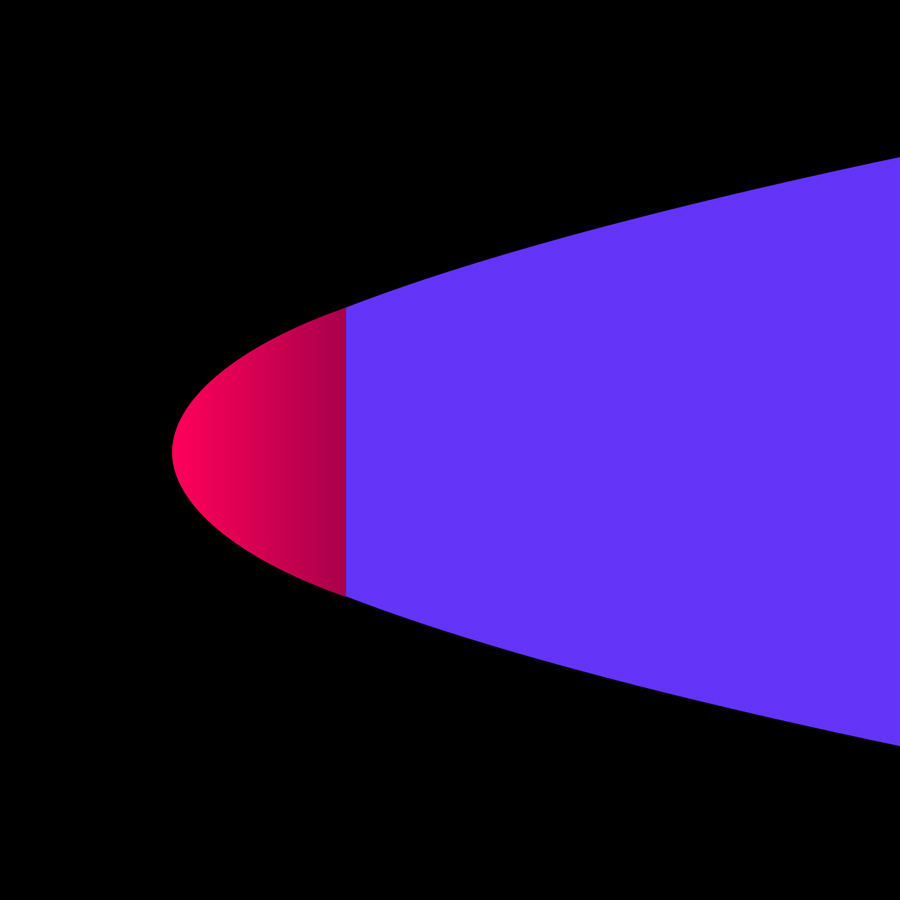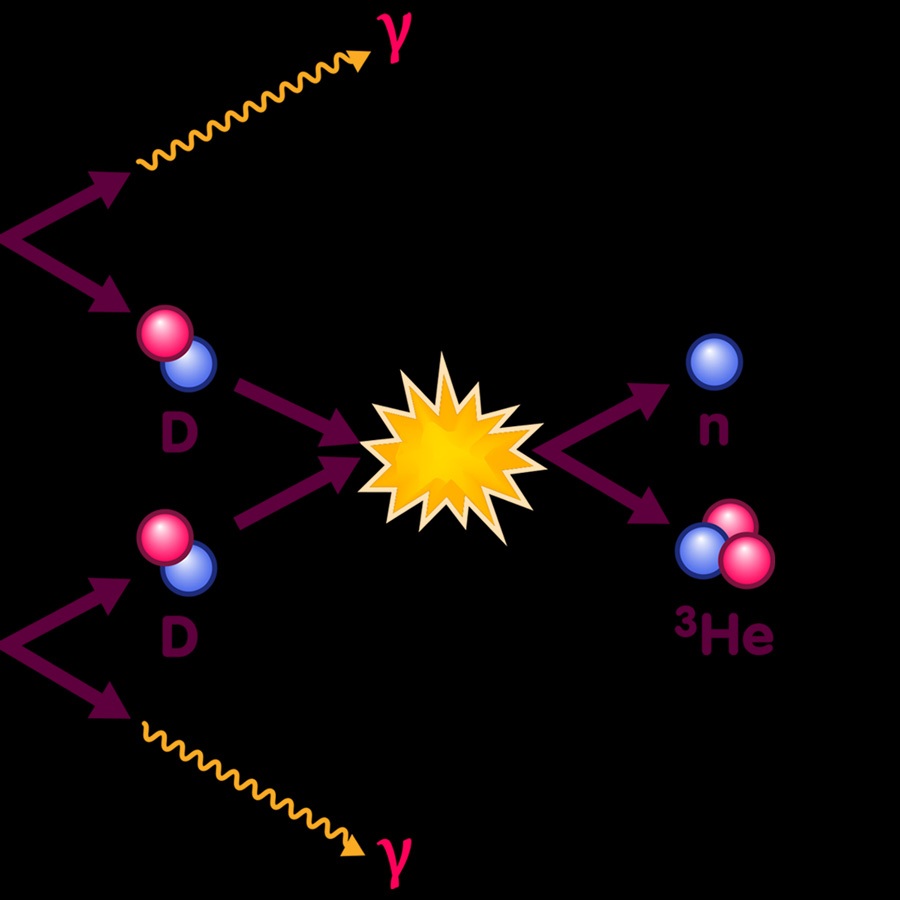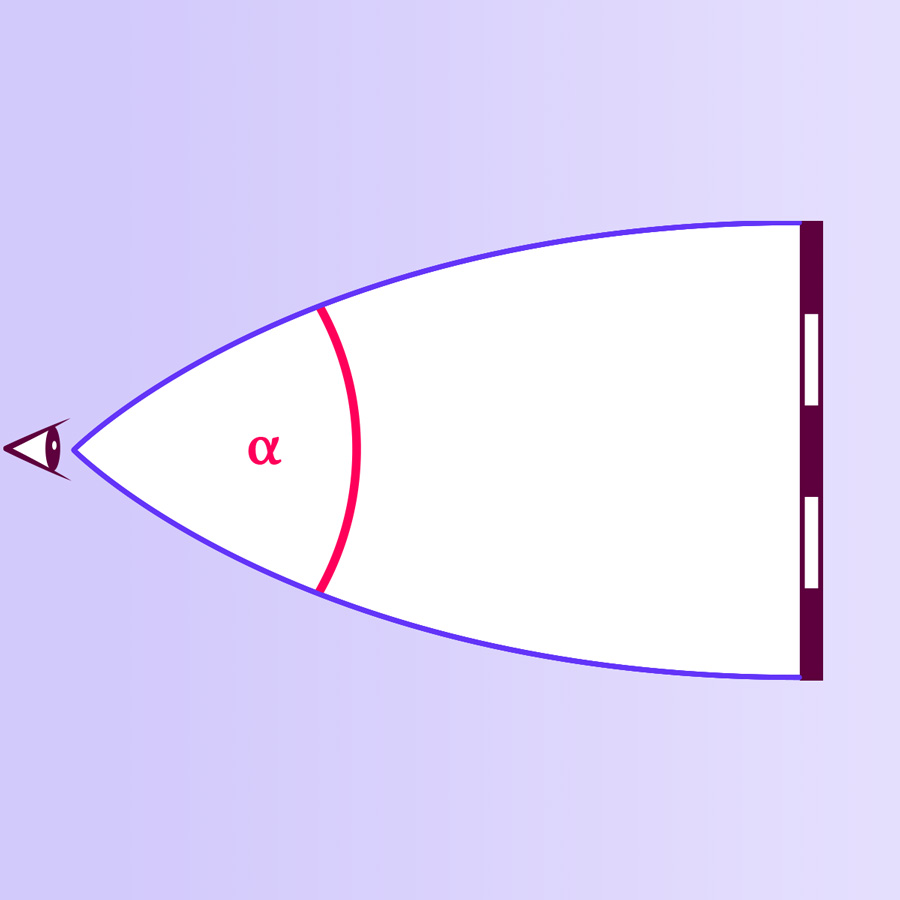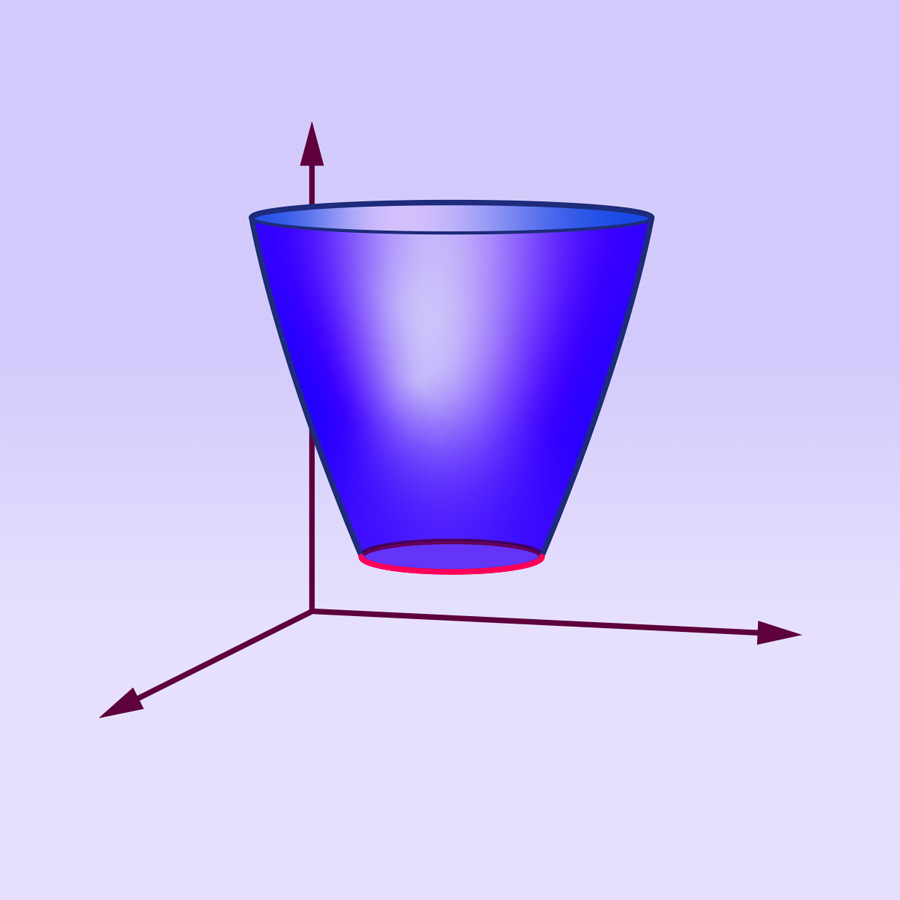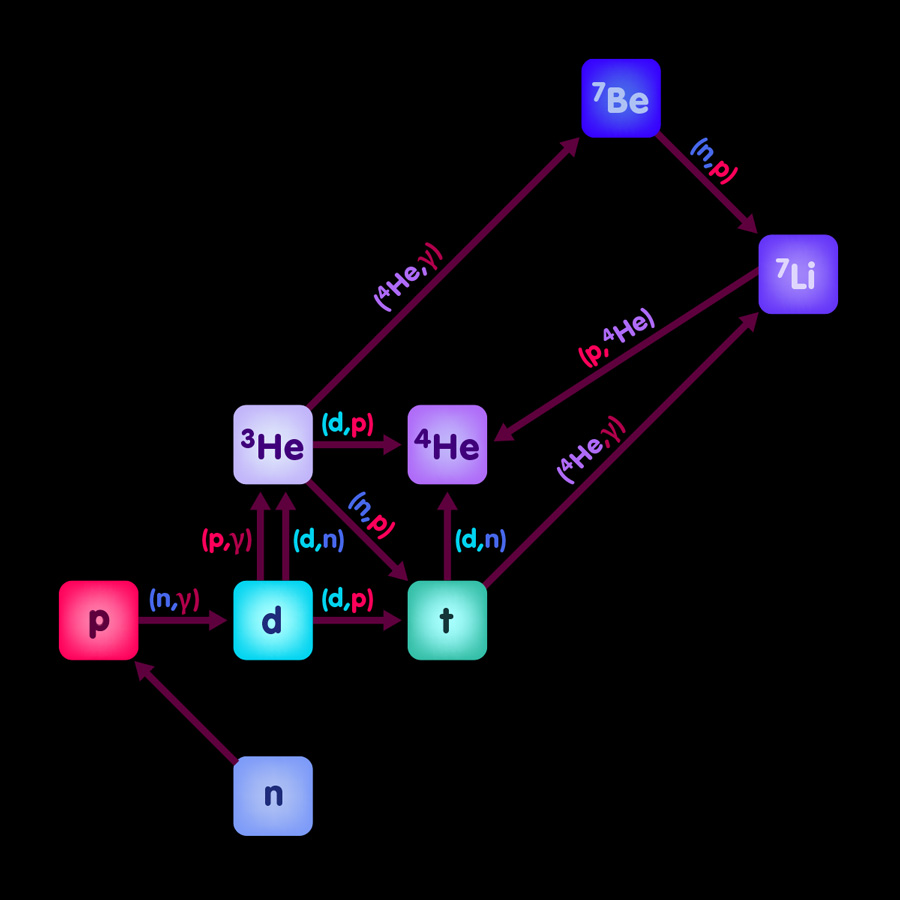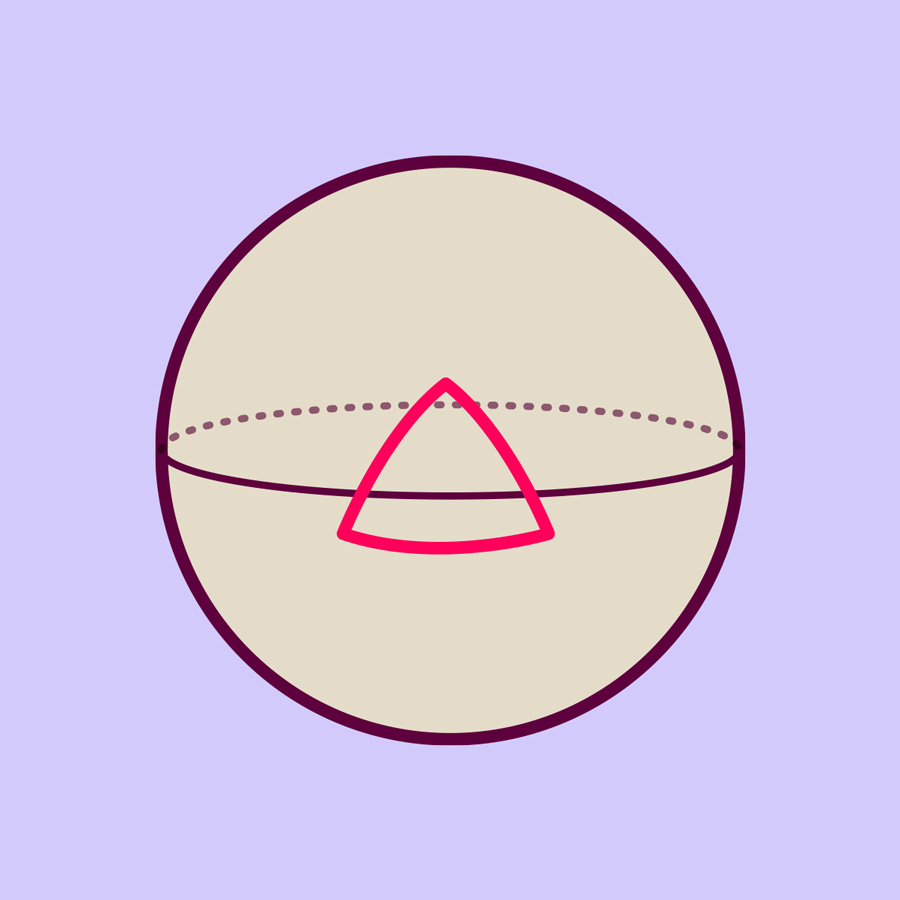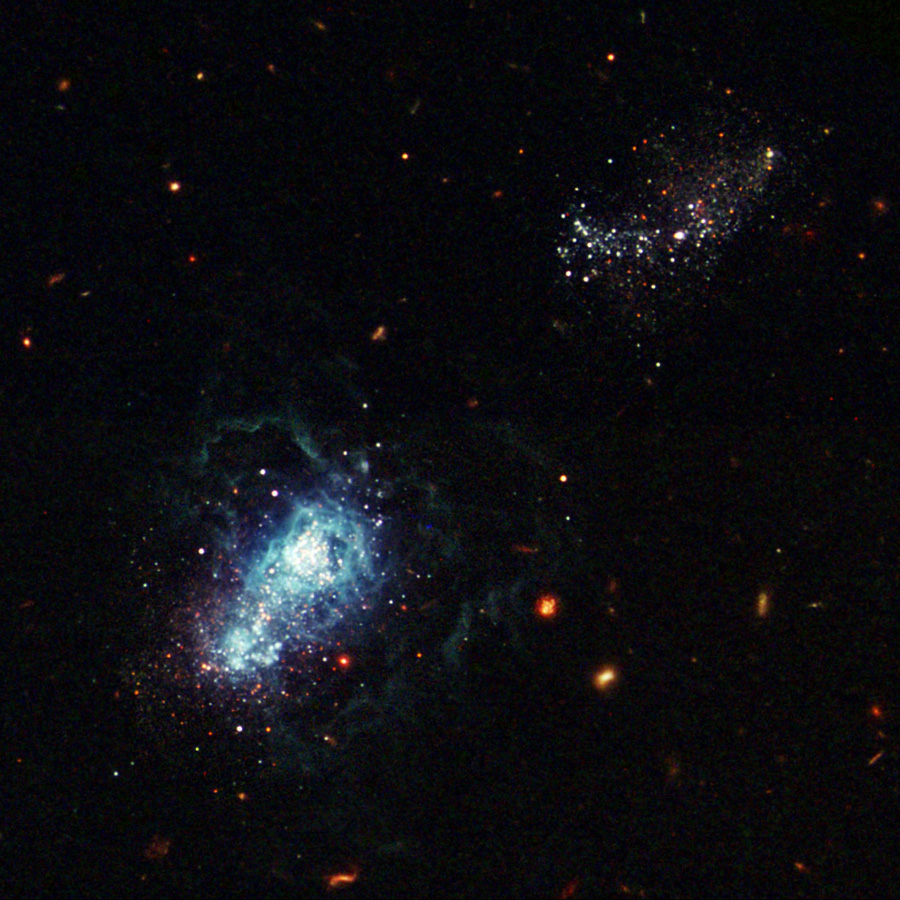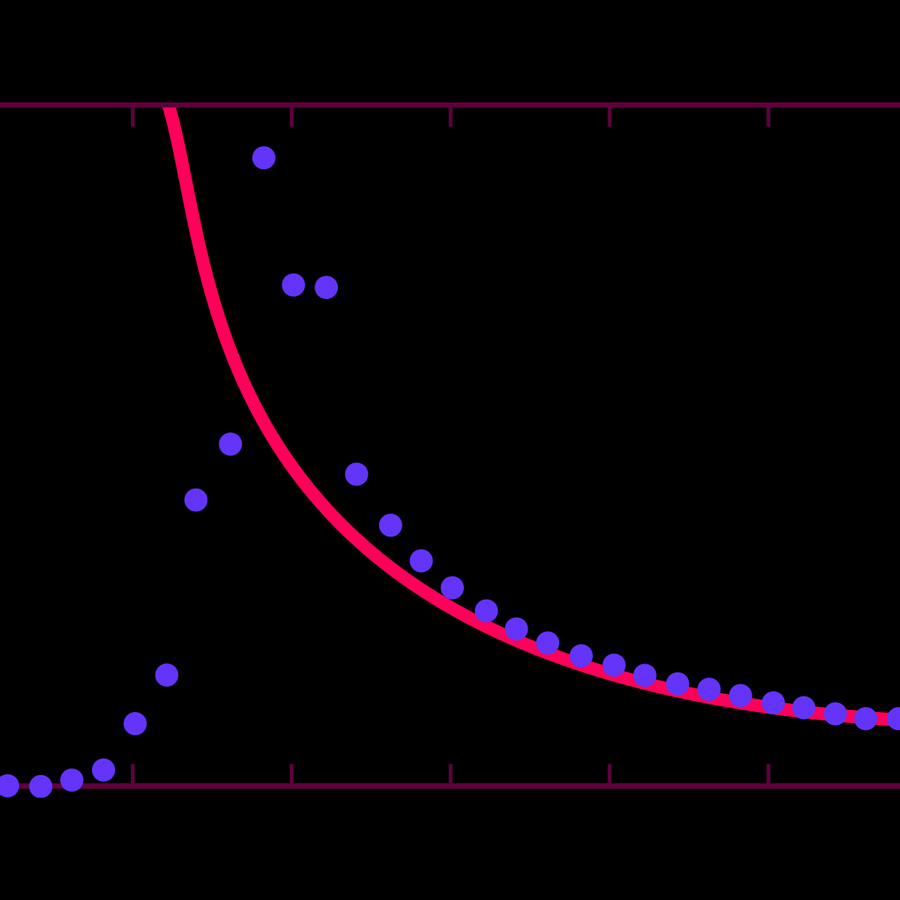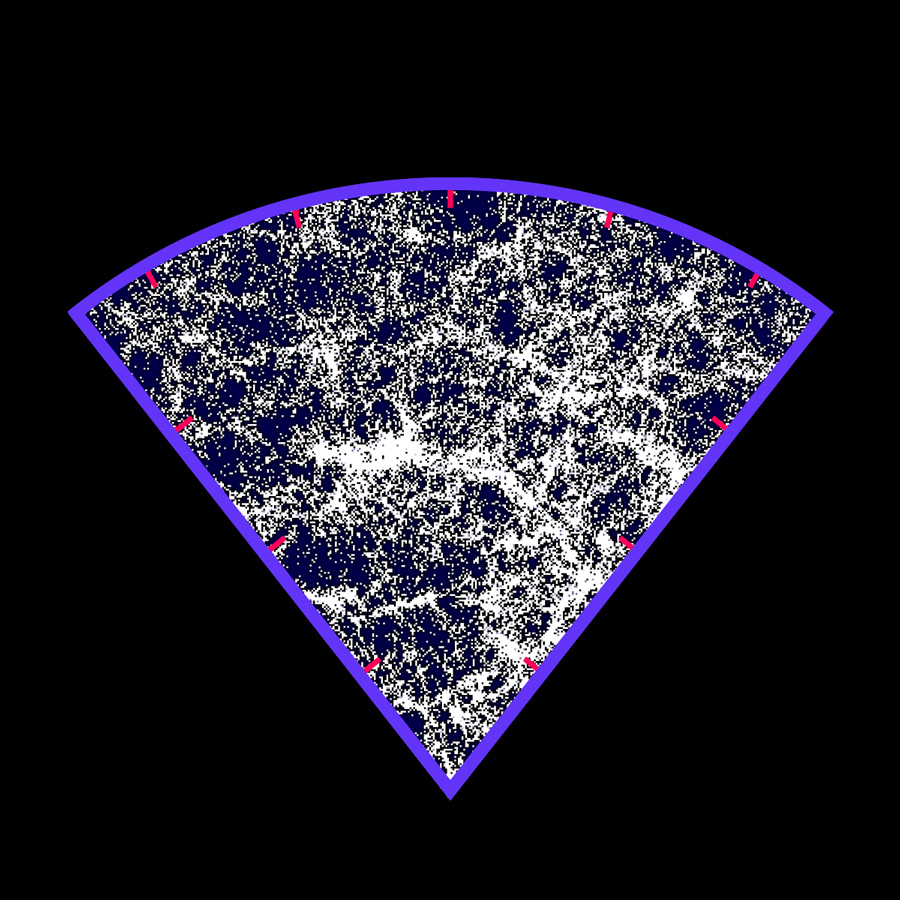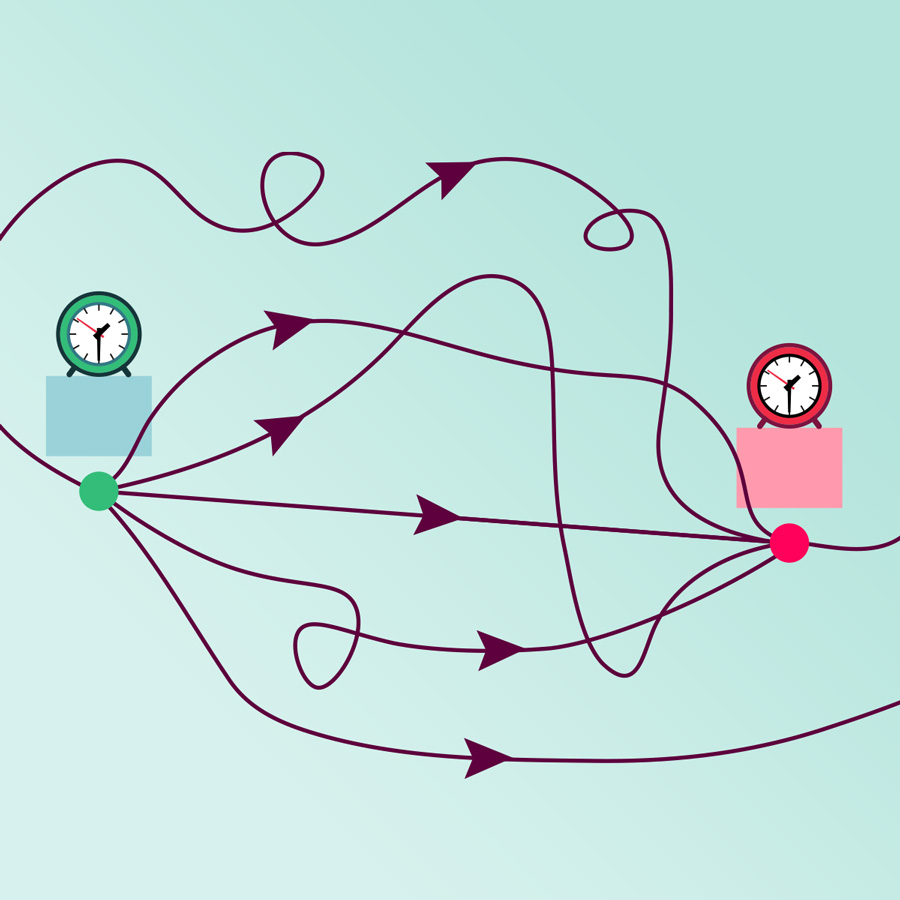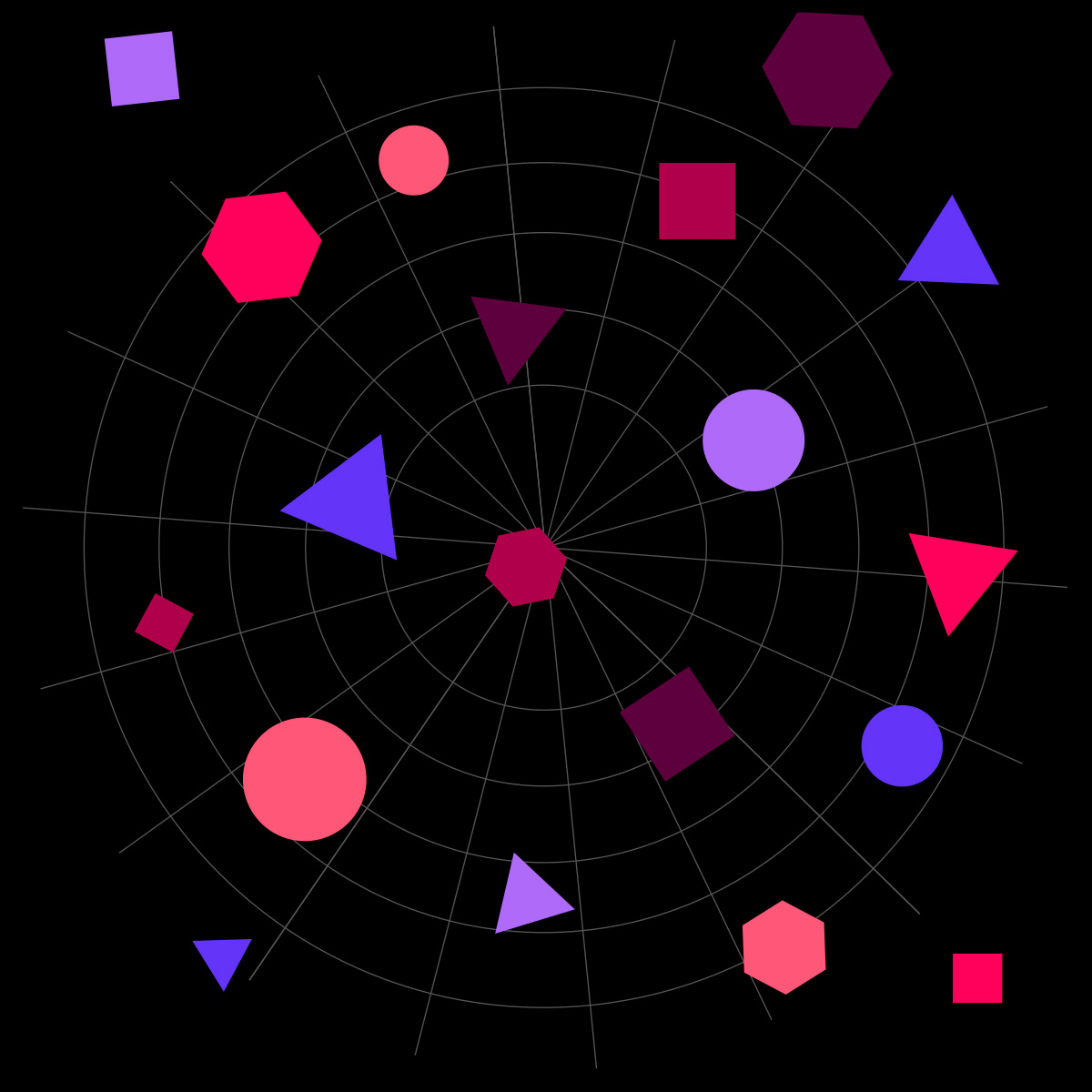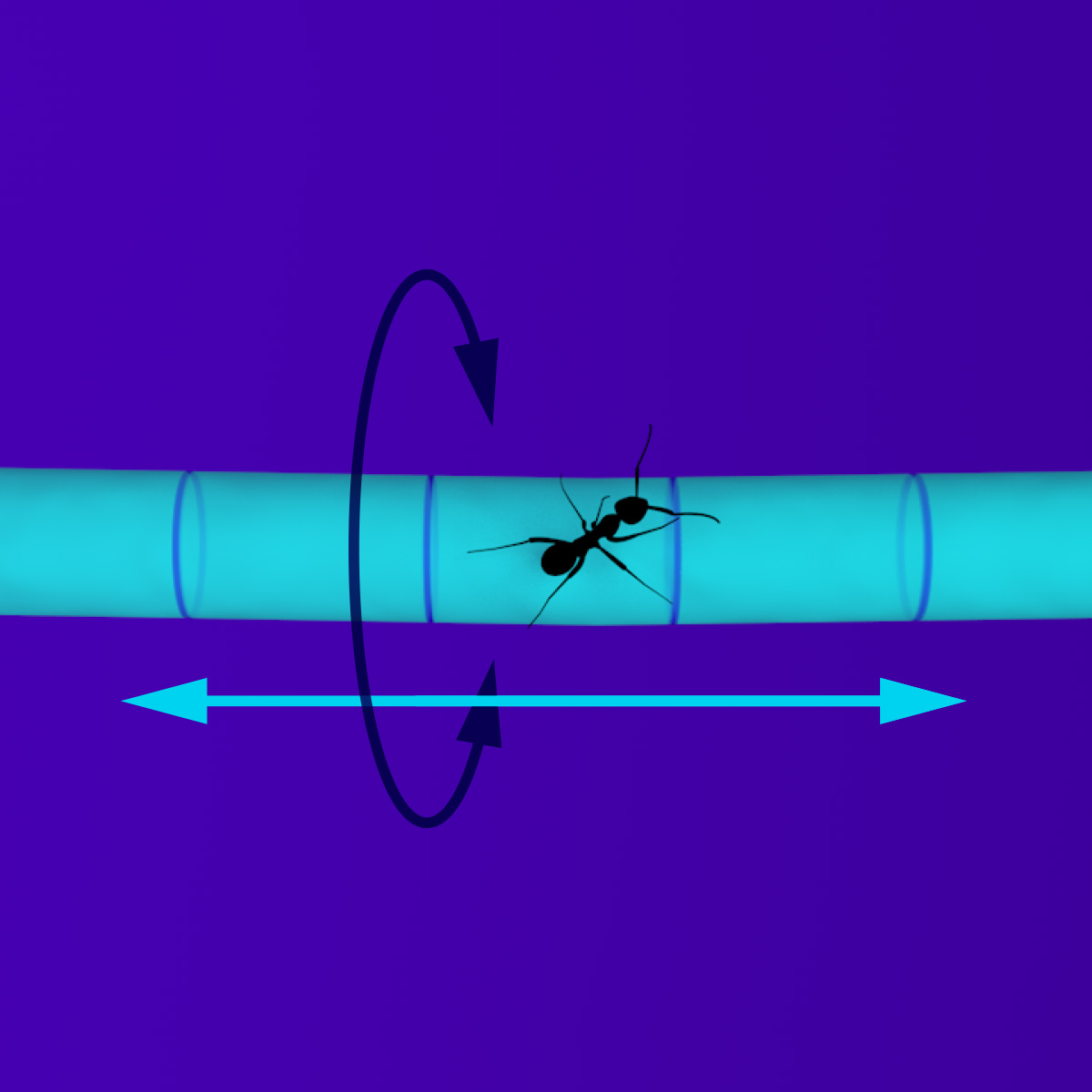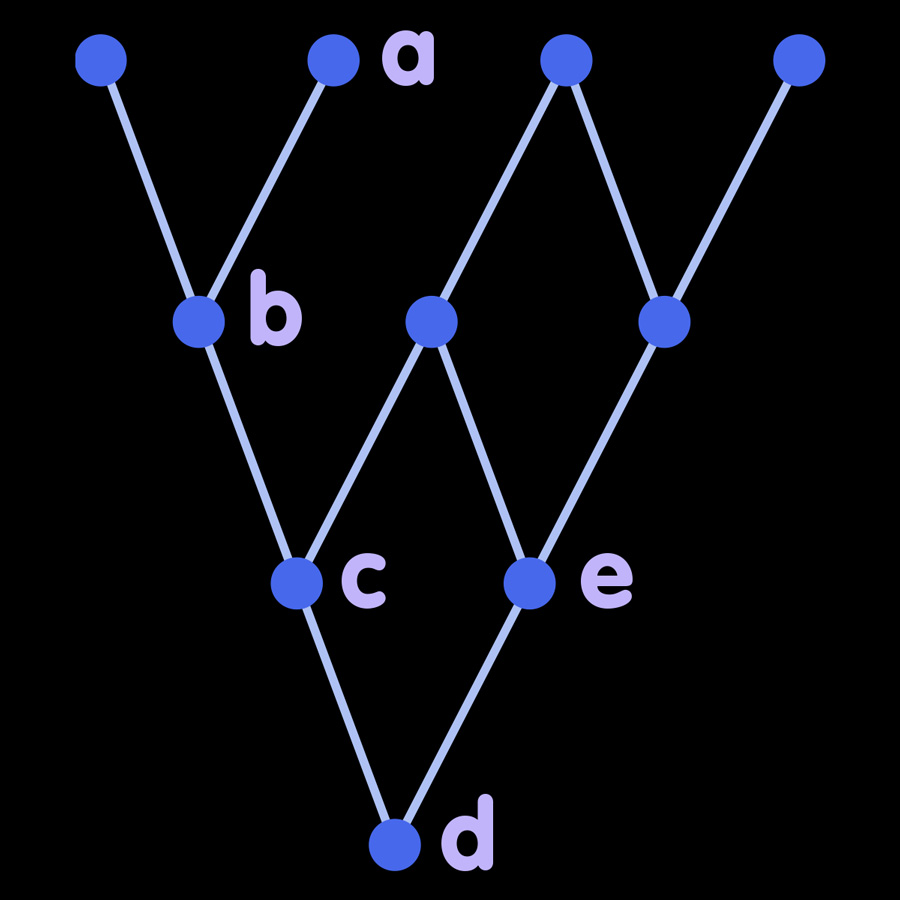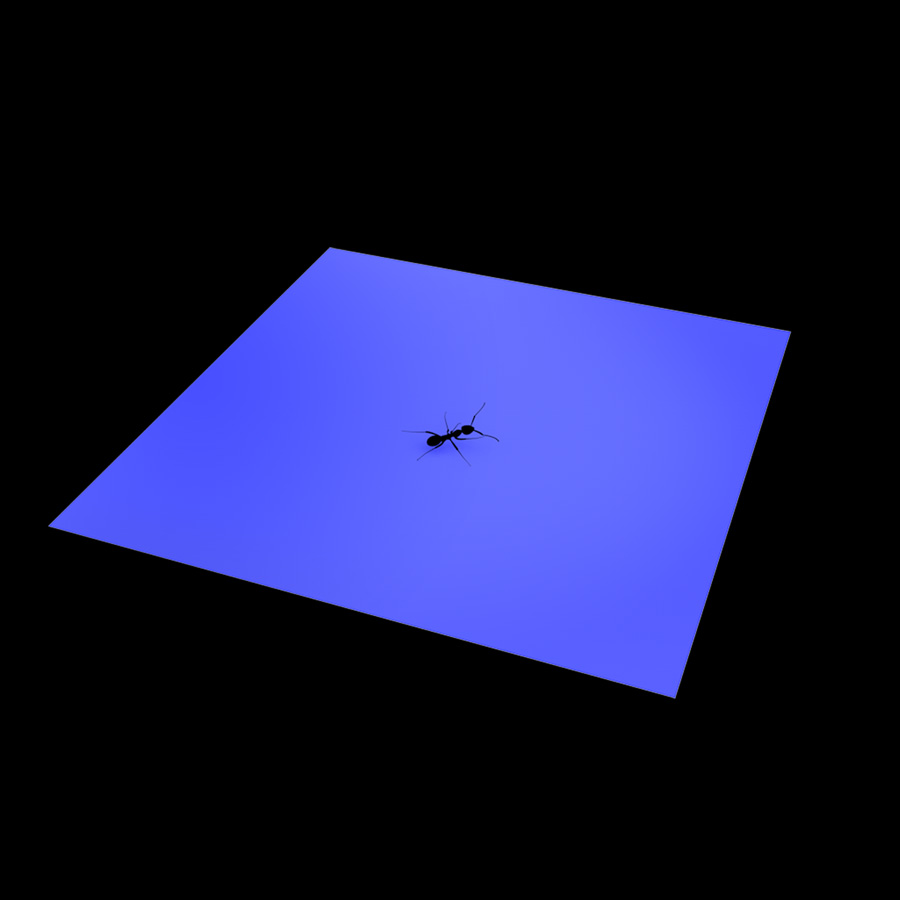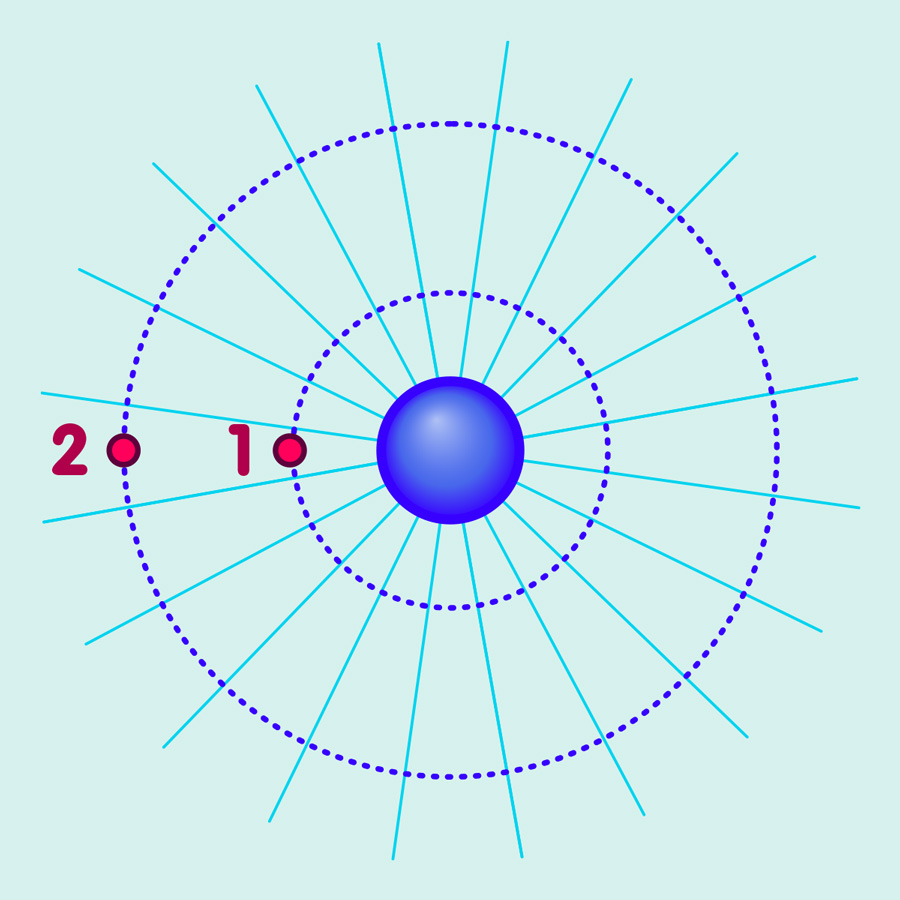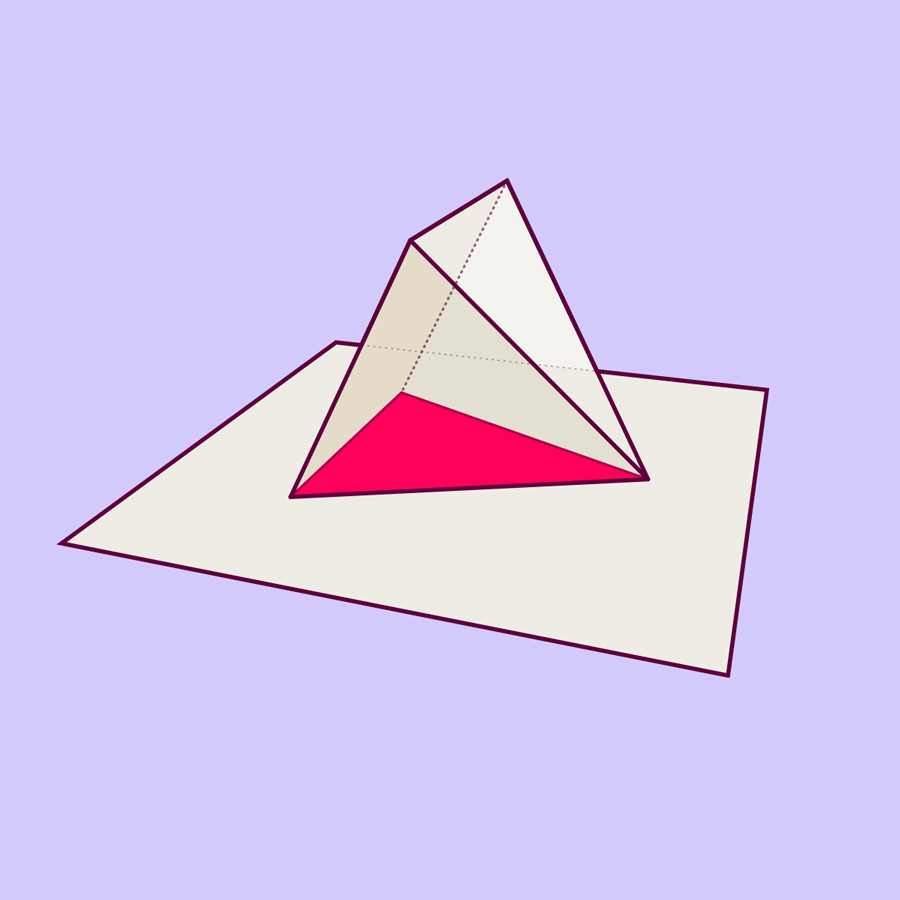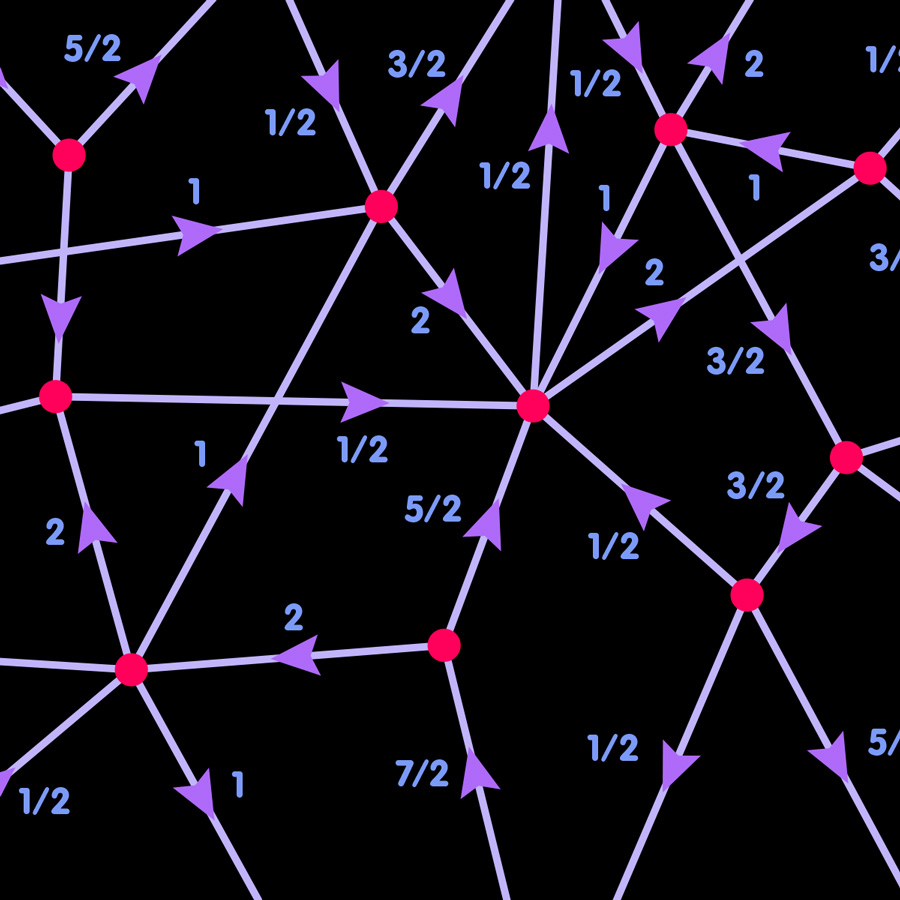Complete Spotlights
Special relativity
Einstein’s Nobel heritage
An overview of Nobel prizes connected with relativistic physics
From light clocks to time dilation
A simple thought experiment with light clocks – clocks in which light keeps stroke – allows the derivation of time dilation.
Is the whole the sum of its parts?
Why Einstein’s famous formula tells us that the whole, as far as mass is concerned, is often less than the sum of its parts
Relativity and satellite navigation
How to determine your position using radio signals and satellites – and what the theories of relativity have to do with it
The definition of “now”
Why it is necessary to define simultaneity, and how best to go about defining it.
Waves, motion and frequency: the Doppler effect
How motion influences waves, or other kinds of ever-repeating signals, in classical physics and in special relativity.
From E=mc² to the atomic bomb
The subtle connections between Einstein’s formula, nuclear fission and nuclear fusion
The dialectic of relativity
How relativity can reconcile statements that, at first glance, appear to be contradictory
Time determination with radio signals – from radio-controlled clocks to satellite navigation
How to determine the exact time anytime and anywhere with the help of a radio receiver (and some additional information)
Time dilation on the road
How you can picture the relativity of simultaneity and time dilation, using a simple geometric analogy
How time is made
How the internationally valid coordinated universal time UTC is determined – and what role the theory of relativity plays in it
The case of the travelling twins
Why the so-called “twin paradox” isn’t really a paradox
Twins on the road
How one can picture the situation of the travelling twin, using a simple geometric analogy
General relativity
Einstein’s Nobel heritage
An overview of Nobel prizes connected with relativistic physics
Measuring light deflection with radio telescopes
Very long baseline interferometry (VLBI) can be used to measure deflection of light by the sun with very high accuracy, which allows the testing of a prediction of general relativity.
Multi-messenger astrophysics and numerical relativity
During neutron star mergers, both gravitational wave and electromagnetic signals are emitted. This could help solve long-standing issues in basic physics research with multi-messenger astrophysics.
The Singularity Theorem (Nobel Prize in Physics 2020)
In 2020, Roger Penrose was awarded half of the Nobel prize in physics for proving that black hole formation is a robust prediction of Einstein’s general theory of relativity.
From force to field
About fields – a central concept that is relevant not only for gravitational physics
From soap bubbles to Einstein
Most readers will know them from childhood: soap bubbles
Gravitational deflection of light
On one of the fundamental consequences of general relativity: the deflection of light by gravity
Mass and more
An account of which physical properties act as sources of gravity – includes consequences for collapsing stars and for cosmology
Relativity and satellite navigation
How to determine your position using radio signals and satellites – and what the theories of relativity have to do with it
Spacetime singularities
Information about the most disturbing feature of Einstein’s theory – ragged edges of spacetime known as singularities.
Step by step from Newton to Einstein
How the discrepancies of Newton’s and Einstein’s theories – and the transition from one theory to the other – can be systematically recorded.
The elevator, the rocket, and gravity: the equivalence principle
Information about the principle that Einstein took as a starting point for developing his general theory of relativity
The realm of relativistic hydrodynamics
Modeling relativistic fluids and the phenomena associated with them – from supernovae and jets to merging neutron stars
Varying Newton’s constant: A personal history of scalar-tensor theories
Information about a modification of Einstein’s theory of general relativity in which the gravitational constant is not a constant.
A Test Bed for the General Theory of Relativity
A model allows to describe systematically how well (or poorly) Einstein’s theory agrees with observations.
Gravitational waves
Continuous gravitational waves
A vast population of a hundred million stellar remnants is hidden in the depths of our Galaxy. While we may never observe them in the electromagnetic spectrum, we might discover them through their gravitational-wave emission.
Gravitational wave detectors find 56 potential cosmic collisions
During collaborative measurement campaigns, so-called observation runs, the worldwide gravitational wave detector network listens for signals from space. During the third observation run “O3”, which started on April 1st, 2019, the LIGO detectors (USA), Virgo (Italy), and GEO600 (Germany) recorded a range of promising signals.
Of gravitational waves and spherical chickens
Information about a class of simple model universes, each an expanding cosmos filled with gravitational waves
The wave nature of simple gravitational waves
A closer look at the way that simple gravitational waves propagate through space with time
Third-generation gravitational-wave detectors
Starting in the 2030s, third-generation gravitational-wave observatories will eavesdrop on space. They are many times more sensitive than current detectors and could thus provide a range of new insights into the invisible side of the universe.
Listening posts around the globe
Overview of the gravitational wave detectors currently operational, or under construction
Observing gravitational waves in space with LISA
In 2035, the Laser Interferometer Space Antenna (LISA) is scheduled to be launched into space as a mission of the European Space Agency (ESA). It will observe previously inaccessible gravitational waves from a large range of new sources.
Einstein@Home – gravitational waves for everybody
Information on how you personally can help with the search for gravitational wave – by donating processing time on your private computer
Catching the wave with light
Some information on how interferometric detectors such as LIGO or GEO600 work
Small vibrations
Some information on how the vintage models among gravitational wave detectors work – resonant detectors
LISA – Hunting waves in space
Information about the latest version of the most ambitious gravitational wave project – a detector in space.
Chirping neutron stars
For some gravitational wave signals, one can go beyond graphs and animations – they can be made audible
Observation of Gravitational Waves from a Binary Black Hole Merger
Albert Einstein predicted their existence back in 1916, and on 14 September 2015 they were directly detected for the first time: Gravitational waves. Two large interferometric detectors of the LIGO Scientific Collaboration with major contributions from German researchers detected the signal known as “GW150914”. The waves originate from the merger of two black holes and are the first direct observation of these exotic objects.
White Dwarf binaries as gravitational wave sources
White Dwarf binaries, their properties, and the role they will play for the planned space-borne gravitational wave detector LISA.
Interferometric gravitational wave detectors
All modern gravitational wave detectors are based on the principle of a Michelson interferometer. But how exactly does it work?
Black Holes & Co.
How the Event Horizon Telescope observes black holes
Researchers use the Event Horizon Telescope to observe black holes at the centers of galaxies with high resolution.
Multi-messenger astrophysics and numerical relativity
During neutron star mergers, both gravitational wave and electromagnetic signals are emitted. This could help solve long-standing issues in basic physics research with multi-messenger astrophysics.
The Singularity Theorem (Nobel Prize in Physics 2020)
In 2020, Roger Penrose was awarded half of the Nobel prize in physics for proving that black hole formation is a robust prediction of Einstein’s general theory of relativity.
Deep looks into the center of the Milky Way
The black hole at the center of our galaxy reveals itself through the stellar motions in its vicinity. With the Very Large Telescope Interferometer, these motions can be observed with high precision.
Descent into a black hole
The story of an expedition’s closer and closer approach to a black hole – too close?
How many different kinds of black holes are there?
Once they have settled down, there are actually only very few different kinds of black hole – find out which, and how black holes shed other distinguishing marks.
What figure skaters, orbiting planets and neutron stars have in common
Some information about what is called the conservation of angular momentum, and its consequences for neutron stars, black holes and the matter disks around them
Heat that meets the eye
The connection between temperature and the emission of electromagnetic radiation, as well as the consequences for stars, matter disks around black holes, and cosmology
Luminous disks: How black holes light up their surroundings
How the fact that black holes are very efficient in attracting surrounding matter leads to some of the most spectacularly luminous phenomena in the whole of the cosmos
Active black holes: Ultra-hot cosmic beacons
What astronomers can see once a black hole has heated up its cosmic neighbourhood, stimulating it to emit bright radiation
Changing places – space and time inside a black hole
How, in one sense, space and time switch their roles inside a black hole – and why this leads to a black hole’s most characteristic property, namely that nothing can get out
Particle accelerators as black hole factories?
The intriguing possibility that the next generation of particle accelerators might produce – and allow the detection of – miniature black holes
The dark heart of the Milky Way
Information about the closest supermassive black hole – the central object of our own galaxy
Cosmology
A tale of two big bangs
In cosmology, “big bang” has two different meanings – and if you want to understand what’s going on, you should be aware of that difference.
Big Bang Nucleosynthesis: Cooking up the first light elements
How the first nuclei of helium, lithium and other light elements were cooked up shortly after the big bang
Cosmic Sound: Curvature and the cosmic background radiation
How the spatial geometry of the universe can be derived by observing the cosmic background radiation
Searching for the quantum beginning of the universe
About attempts to understand the beginning of our universe using different approaches to quantum gravity
Avoiding the big bang
The collapsing and then re-expanding quantum universe that loop quantum gravity offers as a replacement of the standard big bang models
Equilibrium and Change: The physics behind Big Bang Nucleosynthesis
The physics behind Big Bang Nucleosynthesis, the period shortly after the big bang that saw the first production of light elements such as helium and lithium
Heat that meets the eye
The connection between temperature and the emission of electromagnetic radiation, as well as the consequences for stars, matter disks around black holes, and cosmology
The shape of space
The different space geometries allowed by the big bang models – do we live on a hypersphere?
Elements of the past: Big Bang Nucleosynthesis and observation
How to reconstruct the abundances of light elements shortly after the big bang, and thus test some important predictions of the big bang models against observation
Taming infinity with loops
How loop quantum gravity could replace the absurd state of infinite density, the big bang with which, according to Einstein’s relativity, the universe began
The mathematical universe
Why cosmology is not only a matter for astronomers and physicists, but also for mathematicians
Relativity and the Quantum
The sum over all possibilities: The path integral formulation of quantum theory
About the path integral approach to quantum theory
Actors on a changing stage: quantum gravity and background independence
The principle of background independence – space and time are no fixed structure, but take part in the dynamical evolution of the world – and its consequences for the problem of quantum gravity
Extra dimensions – and how to hide them
Why our universe could possess dimensions beyond length, width and depth – and why those dimensions need not be noticeable in everyday life
Searching for the quantum beginning of the universe
About attempts to understand the beginning of our universe using different approaches to quantum gravity
Avoiding the big bang
The collapsing and then re-expanding quantum universe that loop quantum gravity offers as a replacement of the standard big bang models
Geometry from order: causal sets
An overview of the causal set approach to a theory of quantum gravity
The embedded universe
Is our three-dimensional world embedded in a higher-dimensional space?
Particle accelerators as black hole factories?
The intriguing possibility that the next generation of particle accelerators might produce – and allow the detection of – miniature black holes
Taming infinity with loops
How loop quantum gravity could replace the absurd state of infinite density, the big bang with which, according to Einstein’s relativity, the universe began
Hunting for extra dimensions
Ways of detecting extra dimensions – and why the fact that our earth orbits the sun is a relevant data point
Simplicity in higher dimensions
Why matters that seem rather complicated might be much more simple in higher dimensions
The fabric of space: spin networks
The quantum structure of space according to loop quantum gravity



